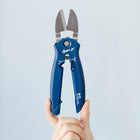
Open It! - 4 in 1 Box Cutter
Open It! - 4 in 1 Box Cutter
Earn 18 points on this purchase! Learn more
Check out our shop to see what’s available

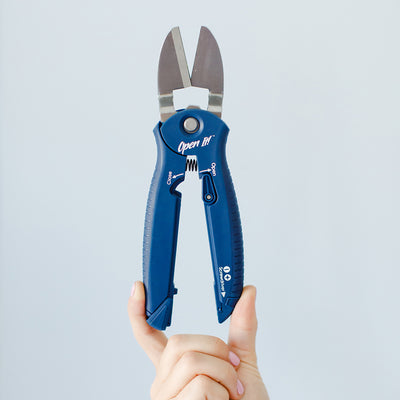

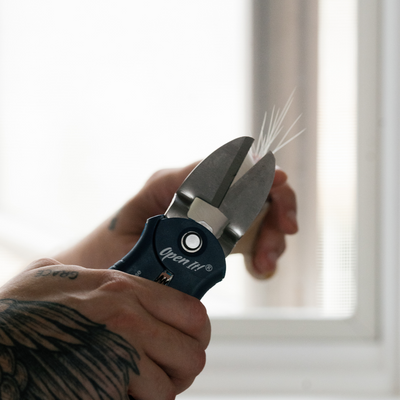
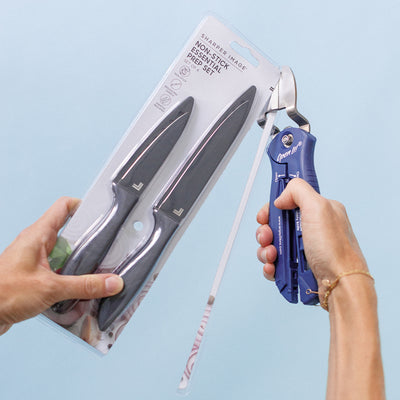
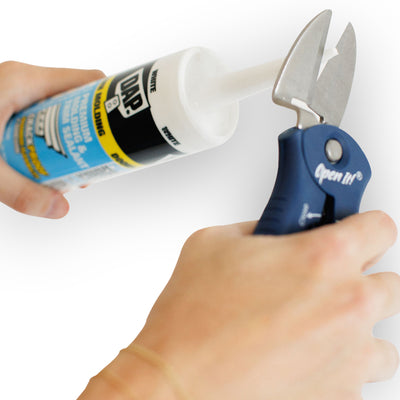
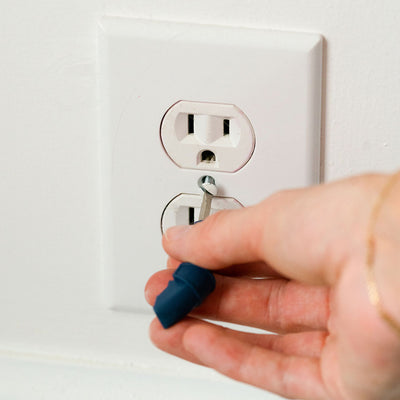
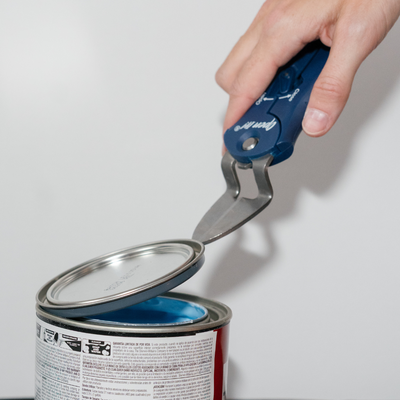
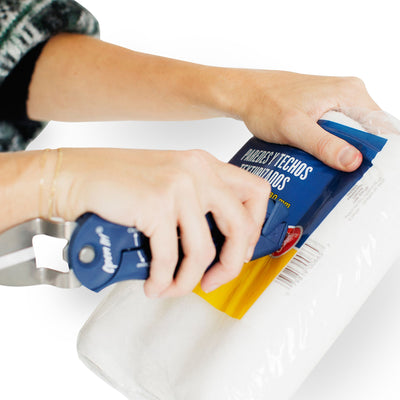
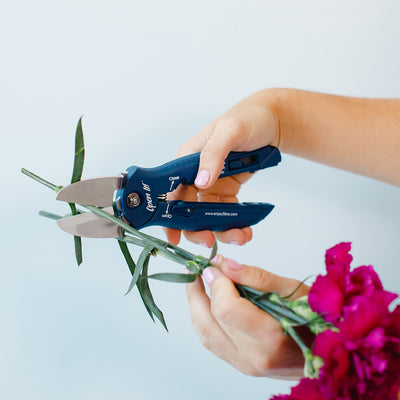
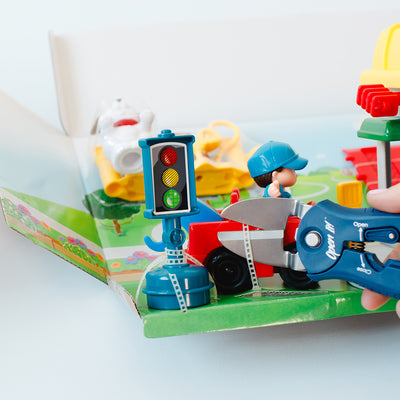
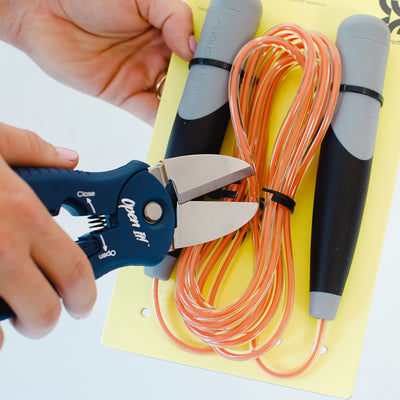
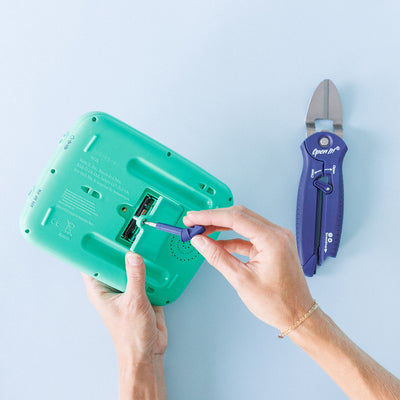
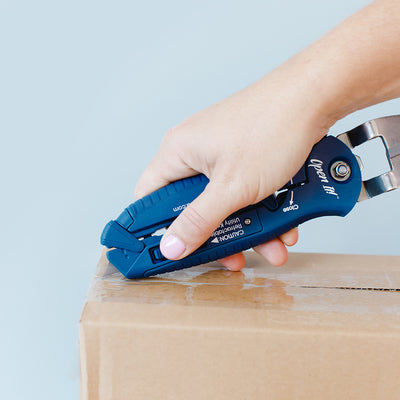
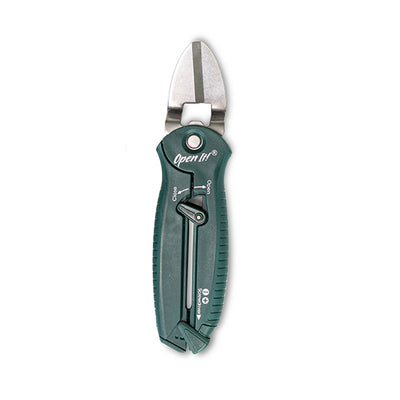
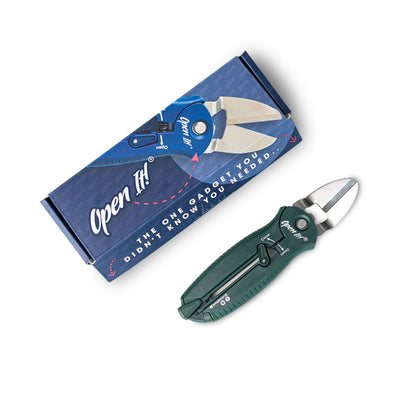
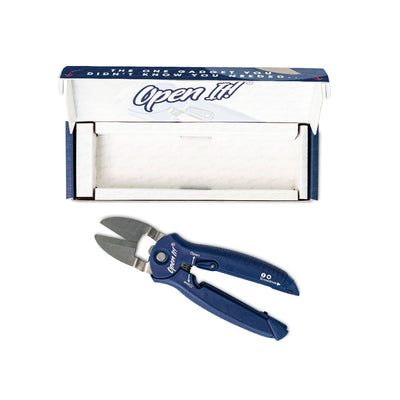
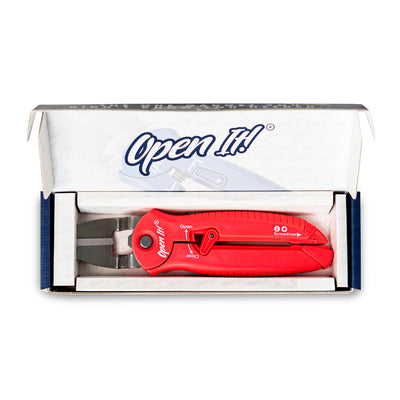
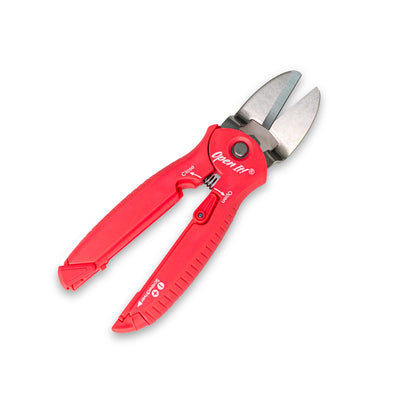
Earn 18 points on this purchase! Learn more


Today, we’ll walk you through the project of painting stair rails, from how to paint stair spindles based on their shape, to the expert tips on how to make the job go smoothly.Rachel from Craving Some Creativity depicts in her staircase DIY project the dramatic difference a fresh coat of paint can make on your stair railings and spindles.

Supplies for Painting Stair Rails & Balusters
Choosing The Right Brushes
Even if you are painting the railings and spindles the same color, it is best to use the right paintbrushes specific to each application.
For instance, a Large Surface Paintbrush like the Zibra Trim Paintbrush is an angled paintbrush ideal for painting flat and trim or trim-like surfaces. This brush will cover more evenly than a foam roller, which typically requires you to follow up with an angled brush for touch ups anyway. This isn’t to say you can’t use a foam roller too, but just know you’ll need to touch up any grooves or curved surfaces with an angled brush.

If your stair rails have any sort of detailing to them, the Trim Paintbrush will work much better than a foam roller.
Now, about those balusters and spindles. Learning how to paint stair spindles takes patience and the right brushes, and trust us when we tell you that using a Detail Brush designed for the shape of your balusters will save you a lot of time and heartache!
Painting Spindles With Round, Curved, or Ornate Details
If you’re painting round or curved spindles, or spindles with ornate details, a flat or angled brush just isn’t going to cut it. Our Round Brush, however, was created specifically for applying long, smooth runs of paint on curved surfaces, spindles, and ornate detail work.

Painting Square Balusters
Have square balusters to paint? Our Square Paintbrush will make quick work of this paint job! Designed with a 1” square head, this detail brush was born to paint flat ledges and narrow surfaces. Or, check out our Paintbrush Kits to get your hands on the best brushes for every job in one, like the Best of Zibra Paint Brush Kit!

Step 1: Clean & Prep
For the smoothest finish possible, clean your railings and balusters with a degreaser and tack cloth or microfiber cloth. Dawn dish soap and warm water works fine, and can also be used to Clean Your Paintbrushes when you’re done painting. Win-win!
Make sure to wipe clean and allow to dry before moving on to step 2.
If your railings or balusters have a sealer or varnish, a liquid deglosser may be a good idea. Otherwise, your paint might not stick as well and be more prone to chipping.
Step 2: Sand
Now that your stair railings and balusters are clean, it’s time to sand. Sanding will help take off existing varnish and create a better bond for your paint. It also ensures you’ve got a clean and smooth surface to work with. A light sand in the direction of the grain will work just fine, there is really no need to tire yourself out sanding down to the original wood, just enough to create a bit of a rough surface for your paint to stick.
Be sure to wipe down any railings or balusters that you sanded with a wet cloth and allow to dry before painting.
Step 3: Tape off Walls, Spindles, etc.
The easiest way to paint stair rails and balusters is to start with the railings. Taping them off is optional, but if you are painting your railings and balusters two different colors, it definitely doesn’t hurt to protect the spindles from the darker paint! Plus, if you’re painting other parts of the stair railings that meet walls or stairs, you’ll save yourself a lot of trouble by not having to scrape or touch up paint where it doesn’t belong.
Step 4: Prime & Paint
Unless you’re using a two-in-one paint and primer, one coat of primer should do the trick. If you are going from a dark banister to a lighter one, you may need 2 coats of primer. Once your primer is dry, lightly go over it with your sanding sponge. This will help the paint stick for a better finish. Wipe off any sanded spots with a cloth and start painting, remembering to work from the bottom up. Once you’re happy with your painted railing, allow the paint to dry completely before adding a second coat or removing the tape.
Follow the same steps for the balusters and railings until you achieve your desired results, making sure you allow all paint to dry before moving onto a second coat or removing any taped off areas.
Pro Painting Tips for Best Results
 How-to Series
How-to Series
 How-to Series
How-to Series
This month, we put a spotlight on Kyle Mosher, a Charlotte, NC-based artist who expertly bridges fine art traditions with contemporary culture.
 How-to Series
How-to Series
 How-to Series
How-to Series
@charliefrenchfineart is taking over our blog and weighing in on his favorite brushes. Can you guess which ones are his favs?
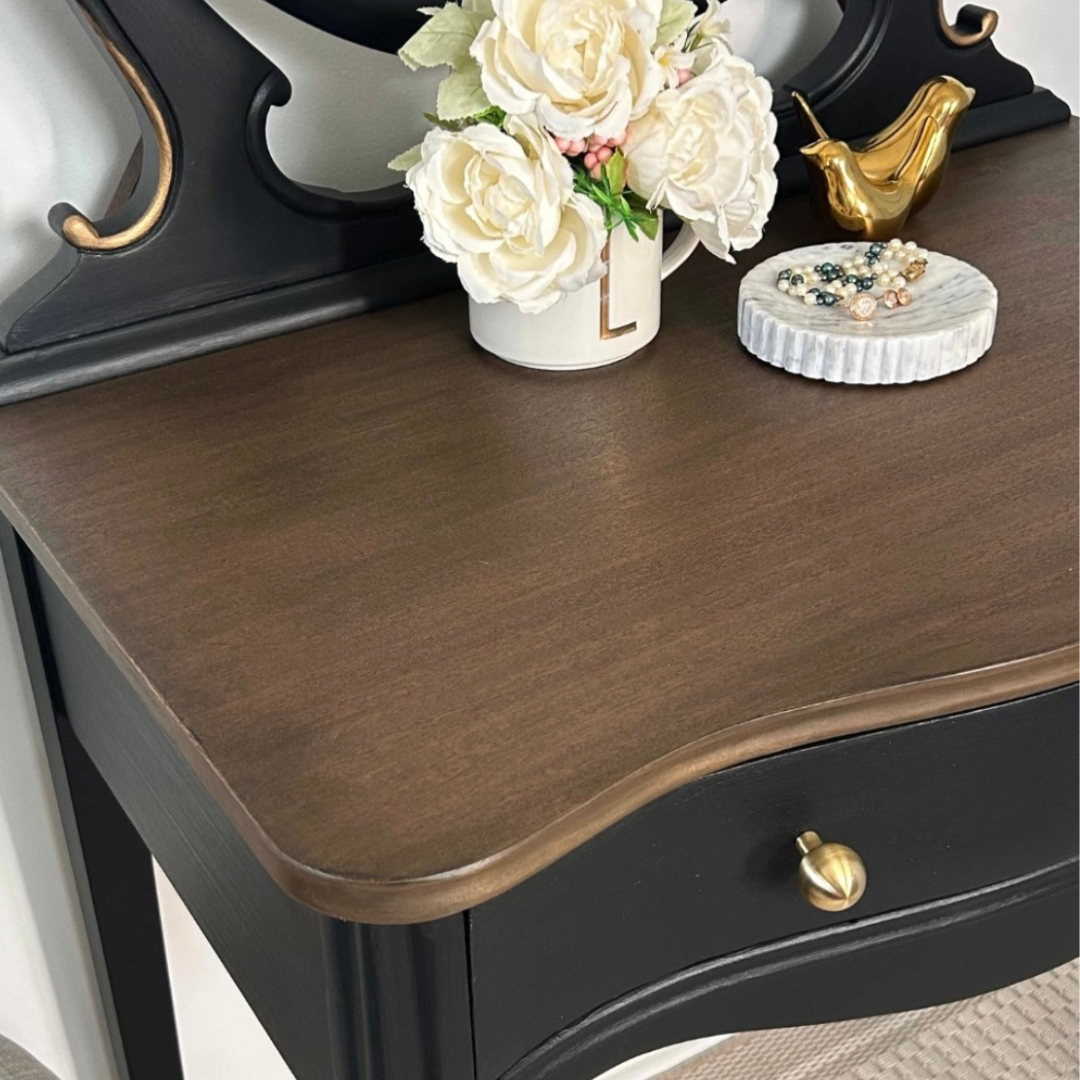 How-to Series
How-to Series
Furniture refinisher, Lisa Pelow is taking over our blog and giving us her favorite go-to paint brushes for painting furniture. Enjoy!
"its like taking your first bite of a meal and it tastes better than expected"
"hands down the best brushes!!"
"its honestly unreal how much better your brushes are"
"love my zibra brushes!!! these babies glide like no other"
Welcome to our quiz!
Let us find the perfect product for you
Great! Let us help you narrow it down.What kind of things will you be painting?
Based on your answers, we recommend:
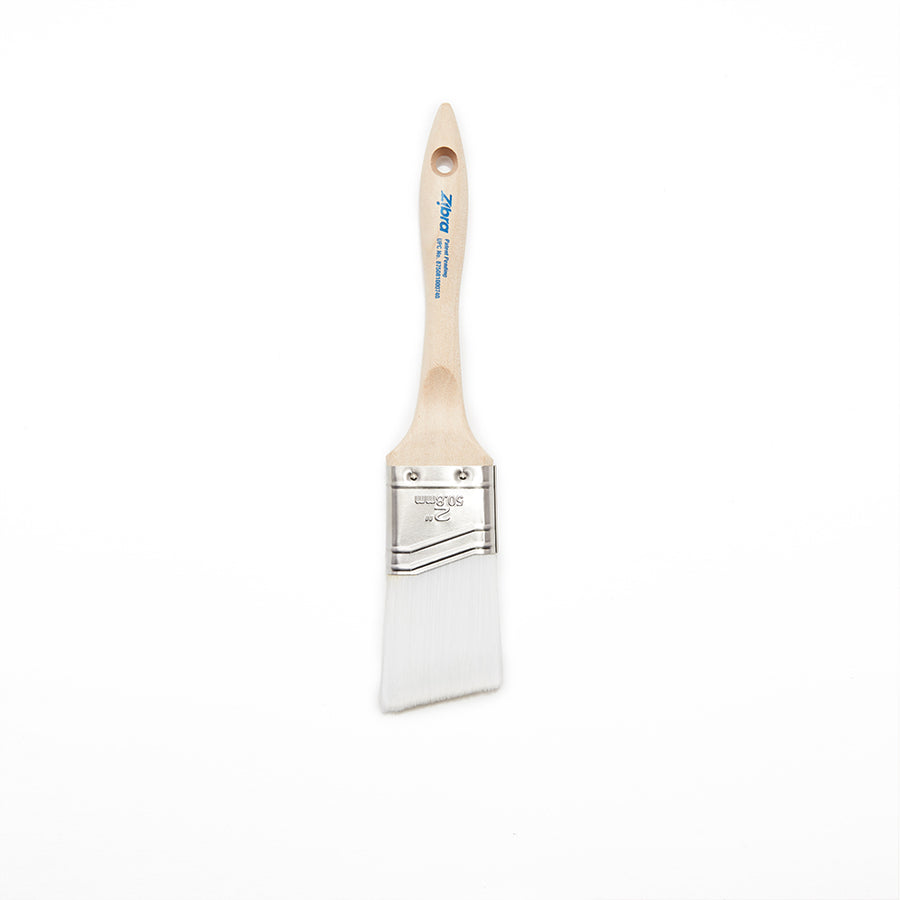
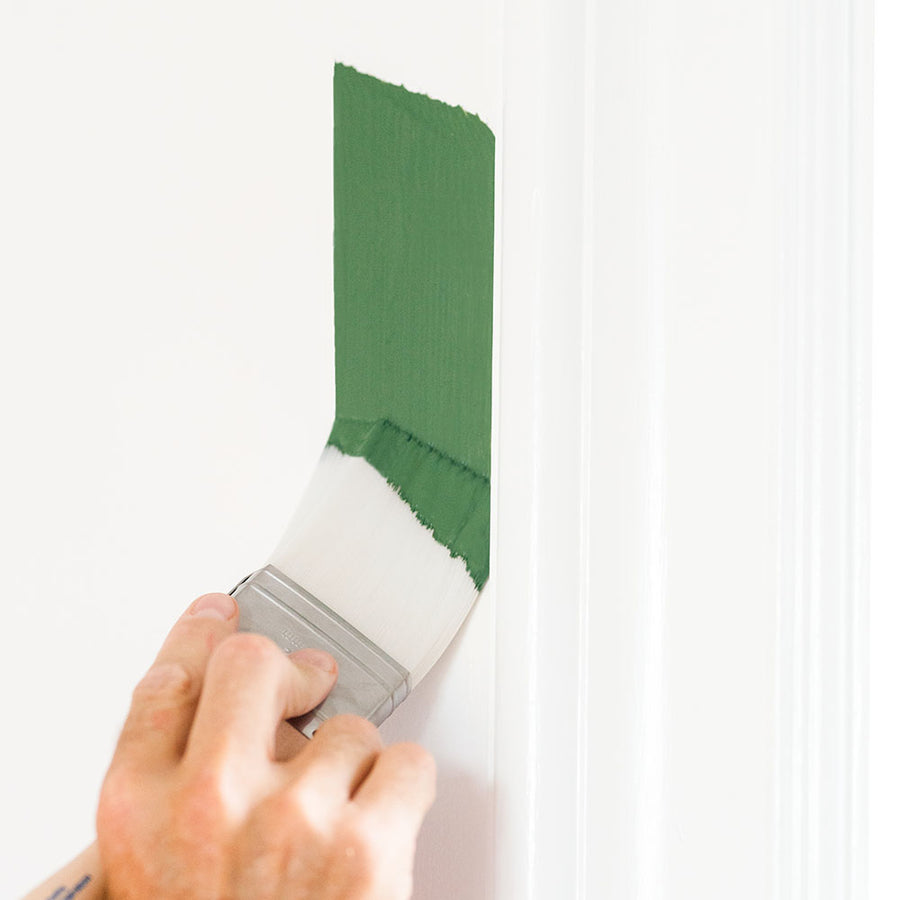
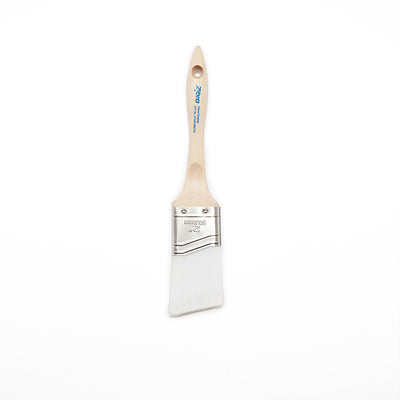
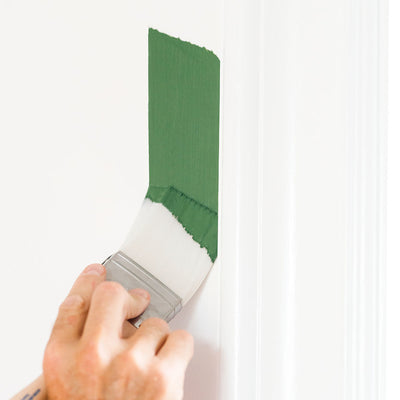
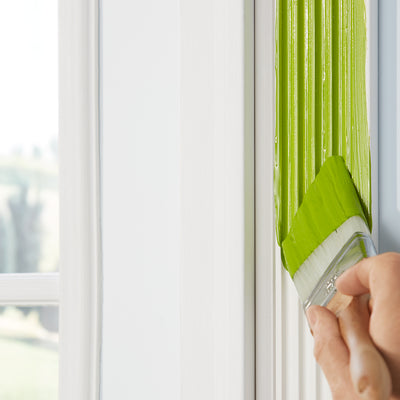
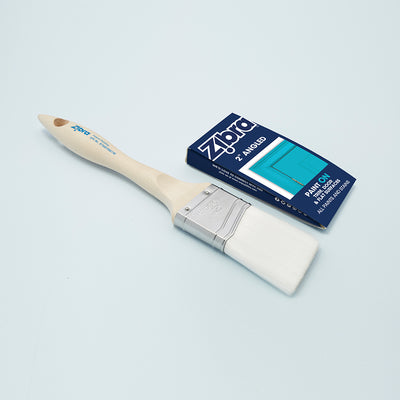
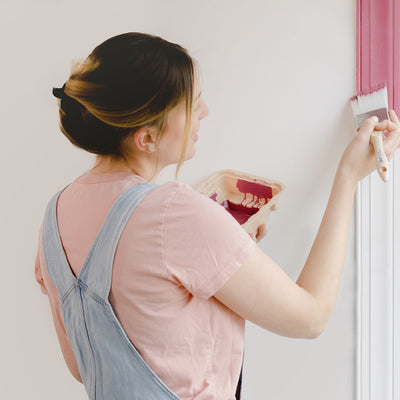
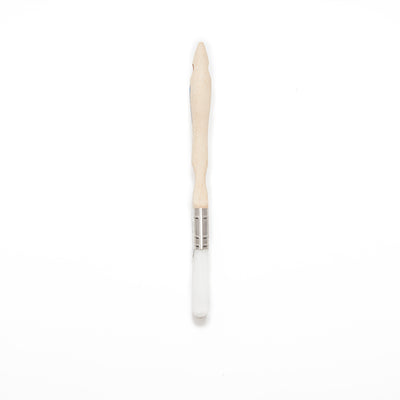
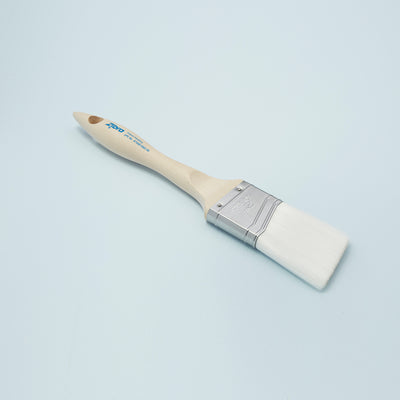
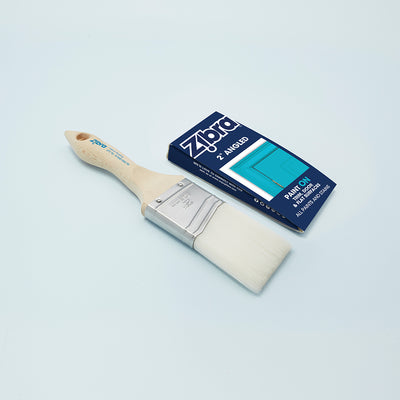
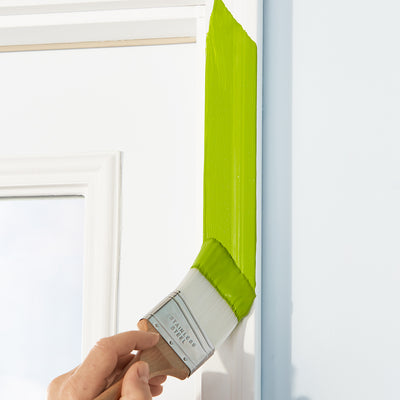
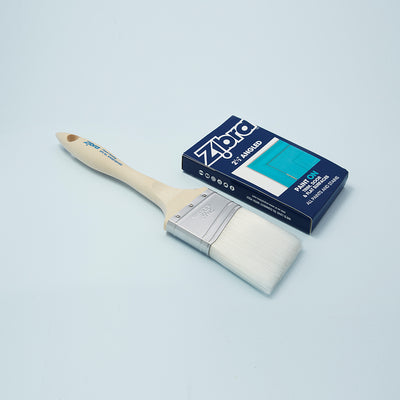
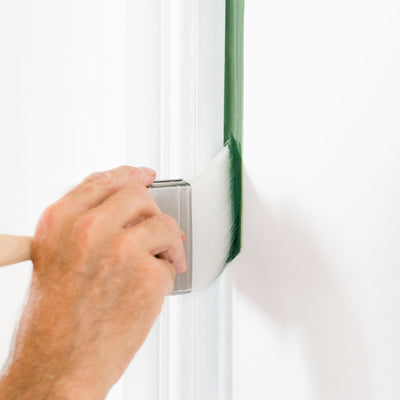
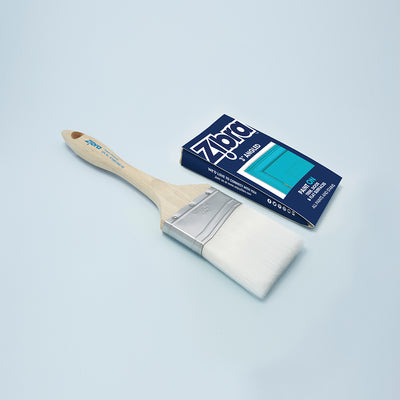
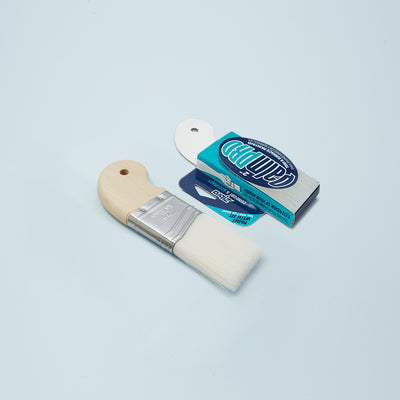
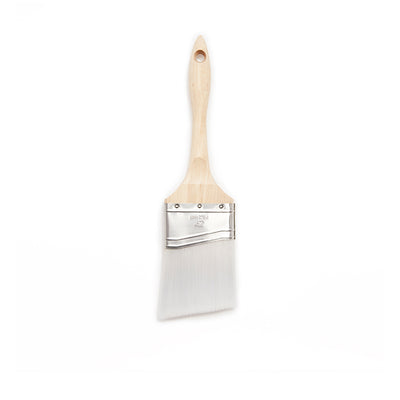
Earn 11 points on this purchase! Learn more
Painting ON trim around doors, windows, baseboards & ceilings
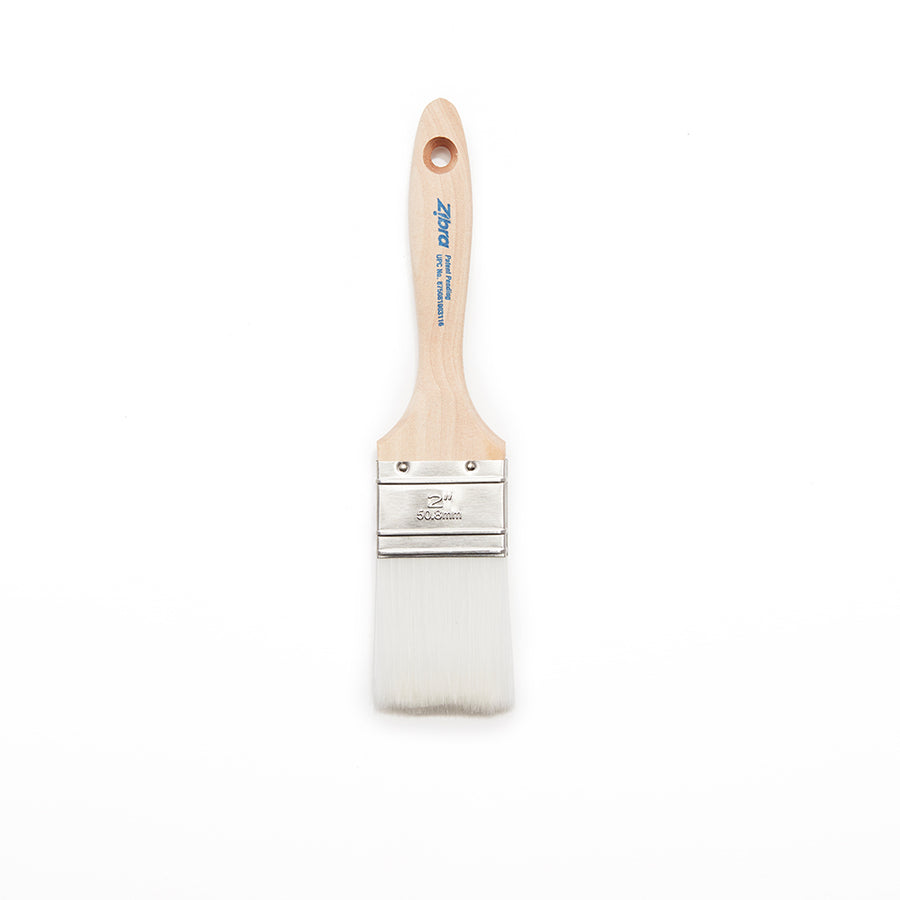
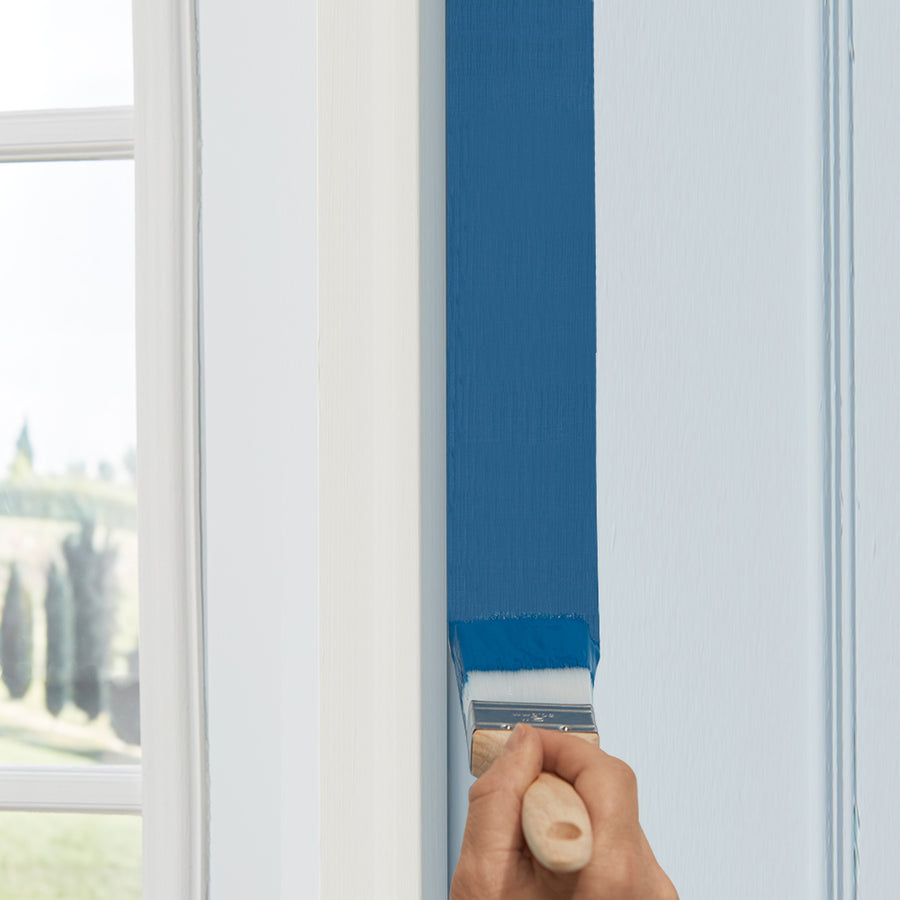
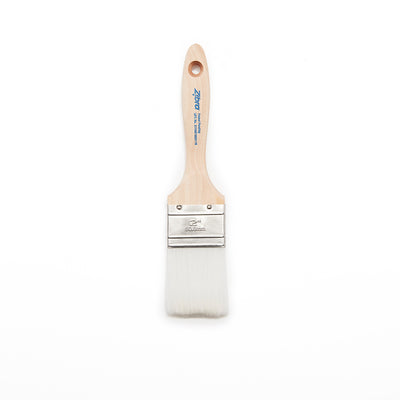
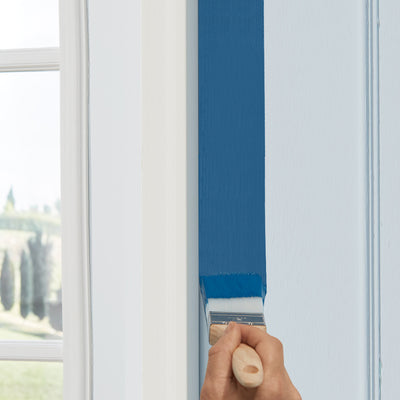
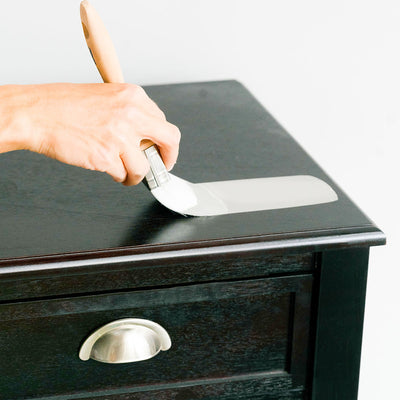
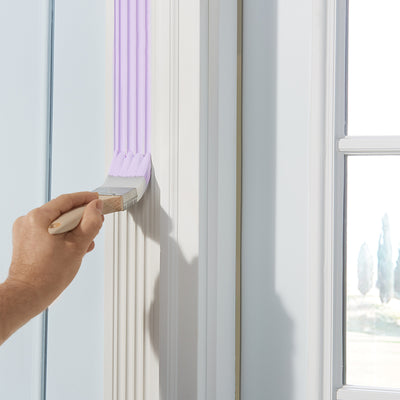
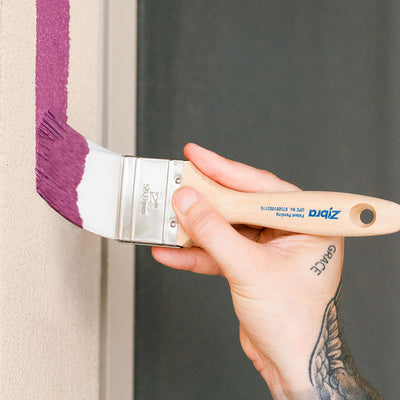
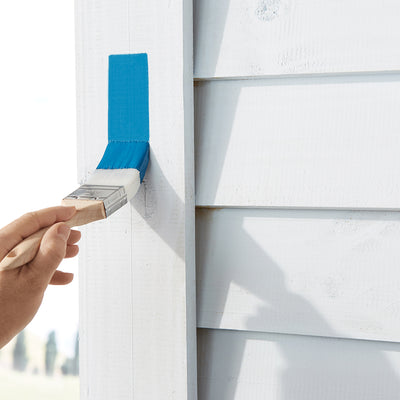
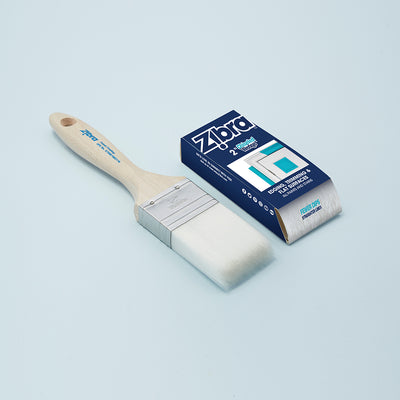
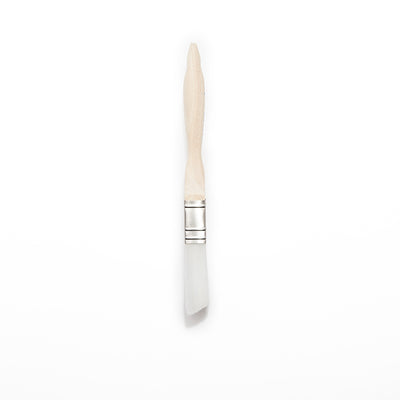

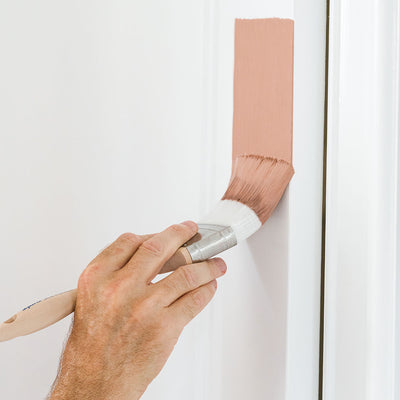
Earn 13 points on this purchase! Learn more
Combination flat and angled head guarantees maximum paint load for long runs
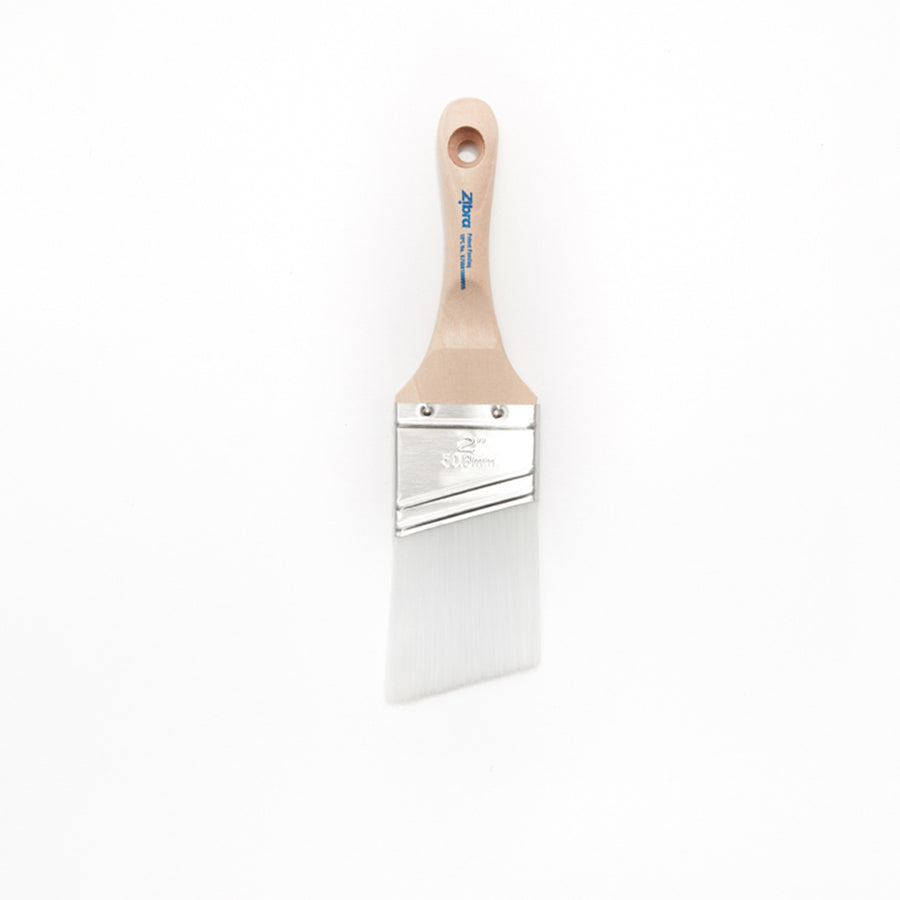
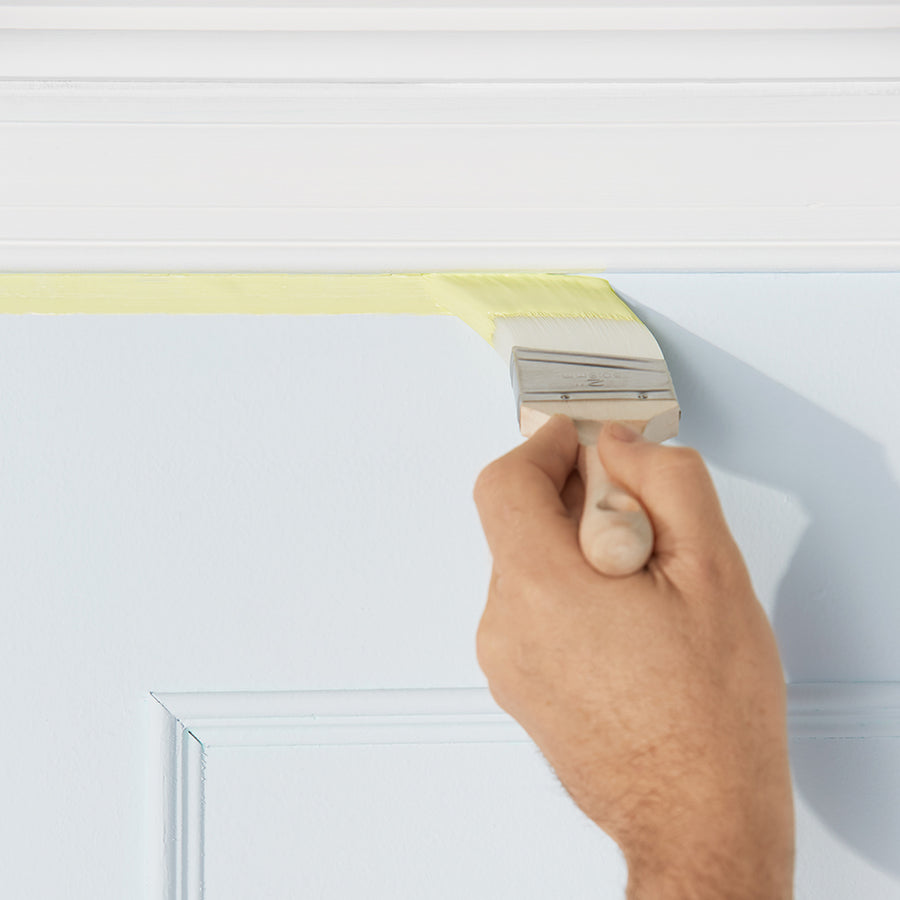
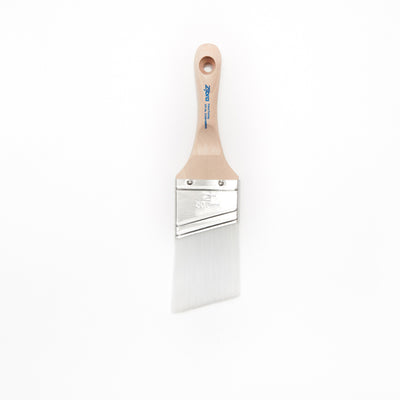
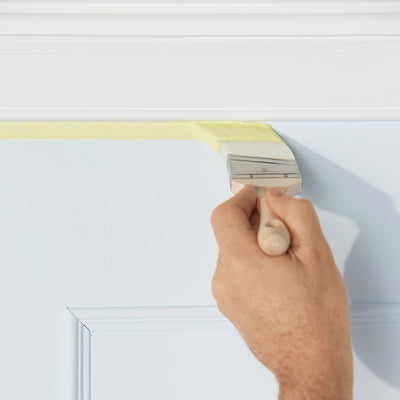
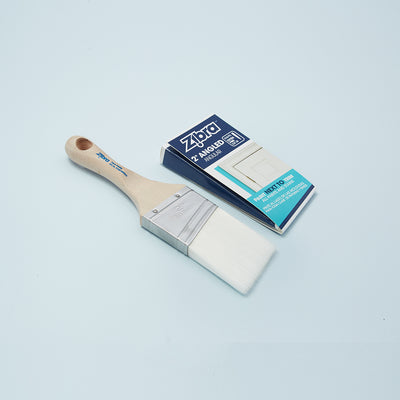
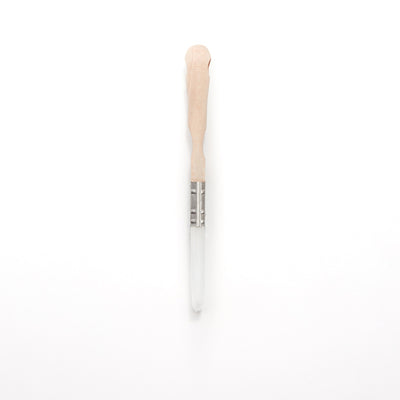
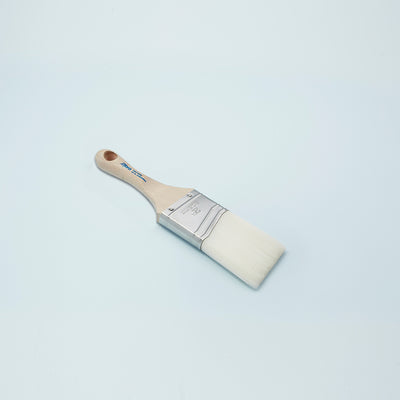
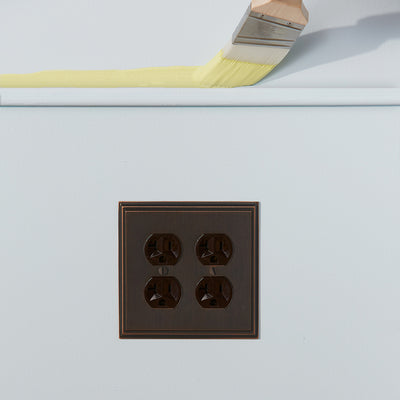
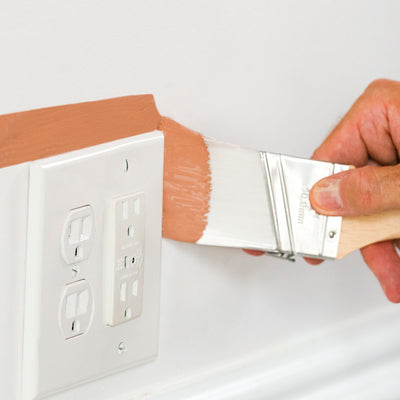
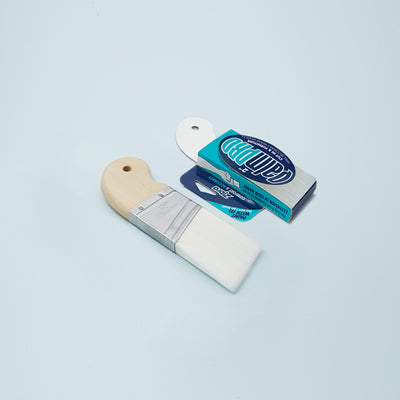
Earn 11 points on this purchase! Learn more
Ideal for painting NEXT to trim where exact lines and precision control is needed
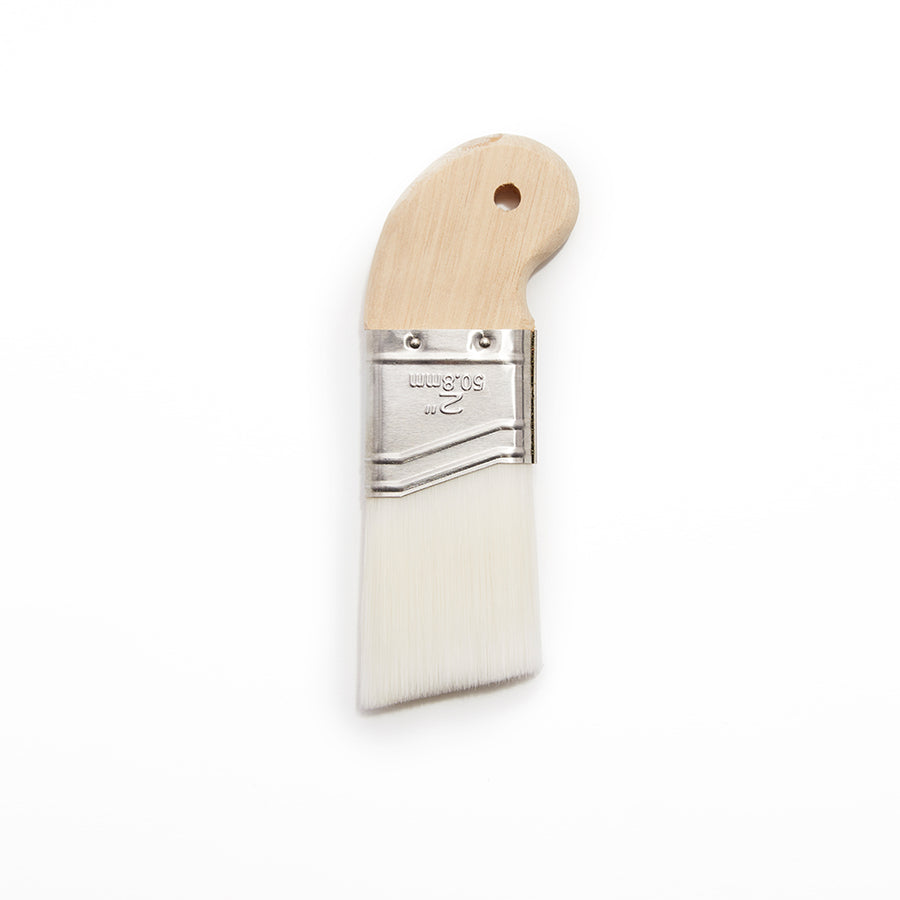
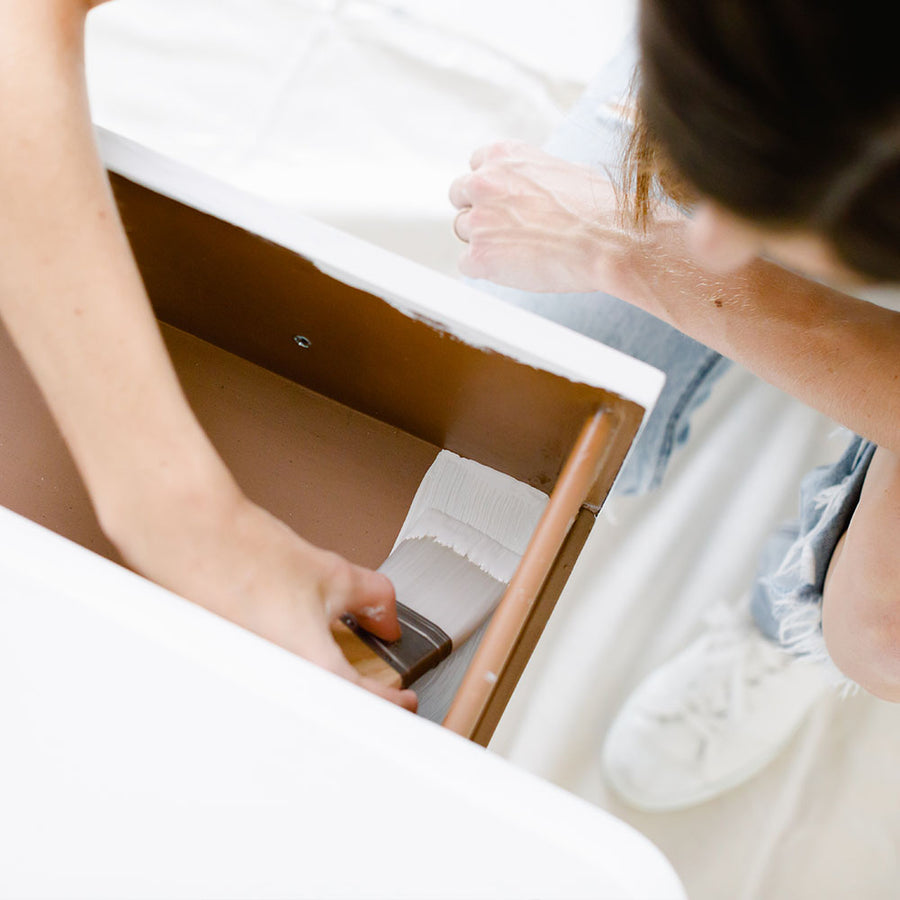
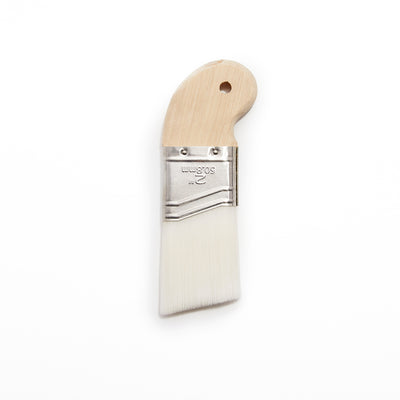
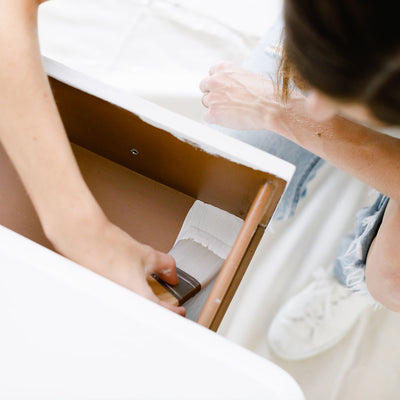
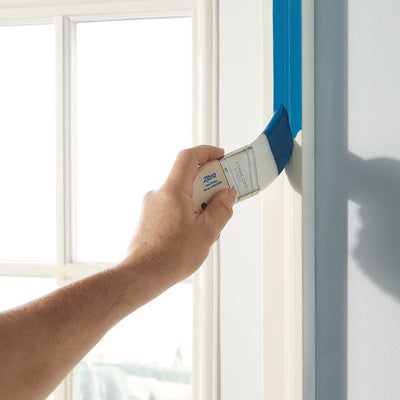
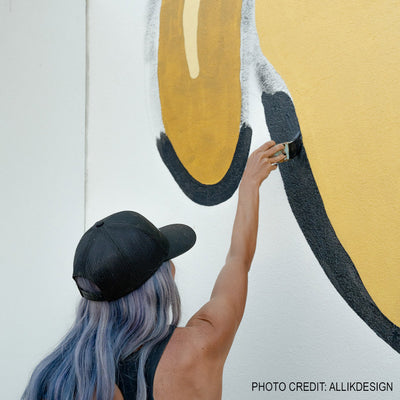
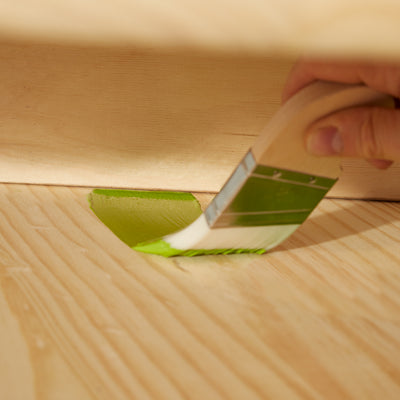
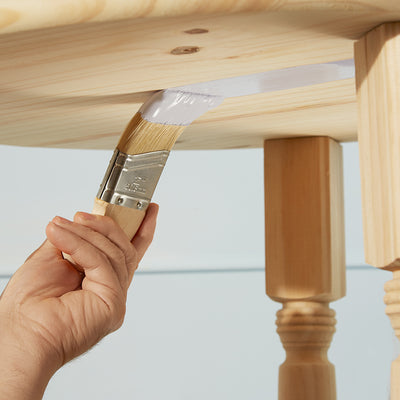
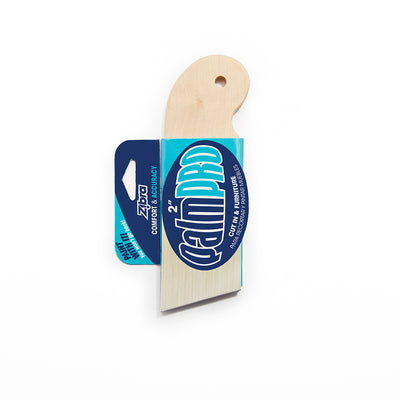
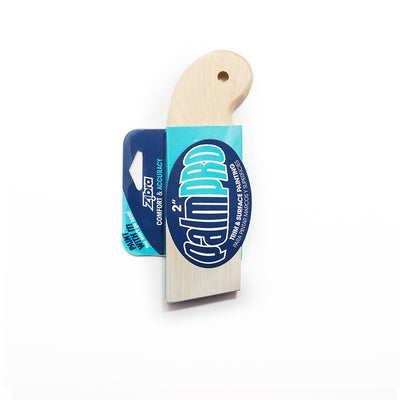
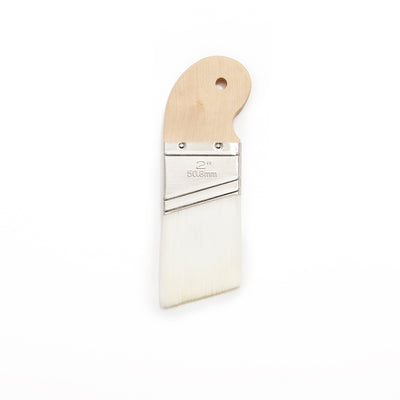
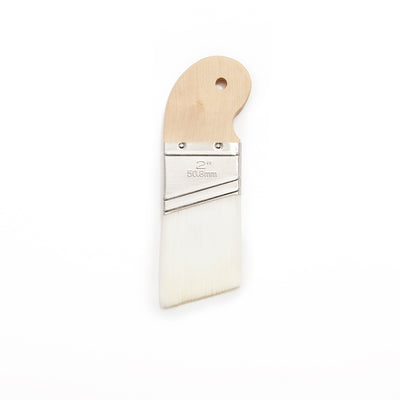
Earn 11 points on this purchase! Learn more
Fits comfortably in the palm of your hand, more comfort and more control especially for tight spaces
















Earn 11 points on this purchase! Learn more
Painting ON trim around doors, windows, baseboards & ceilings












Earn 13 points on this purchase! Learn more
Combination flat and angled head guarantees maximum paint load for long runs
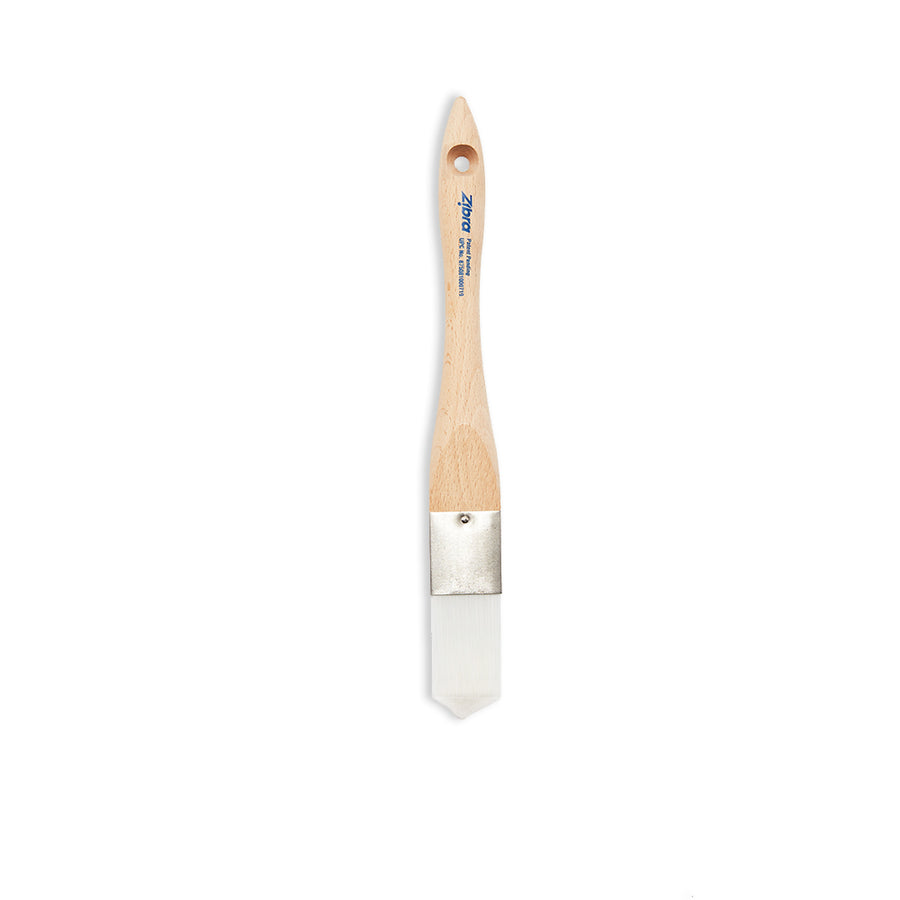
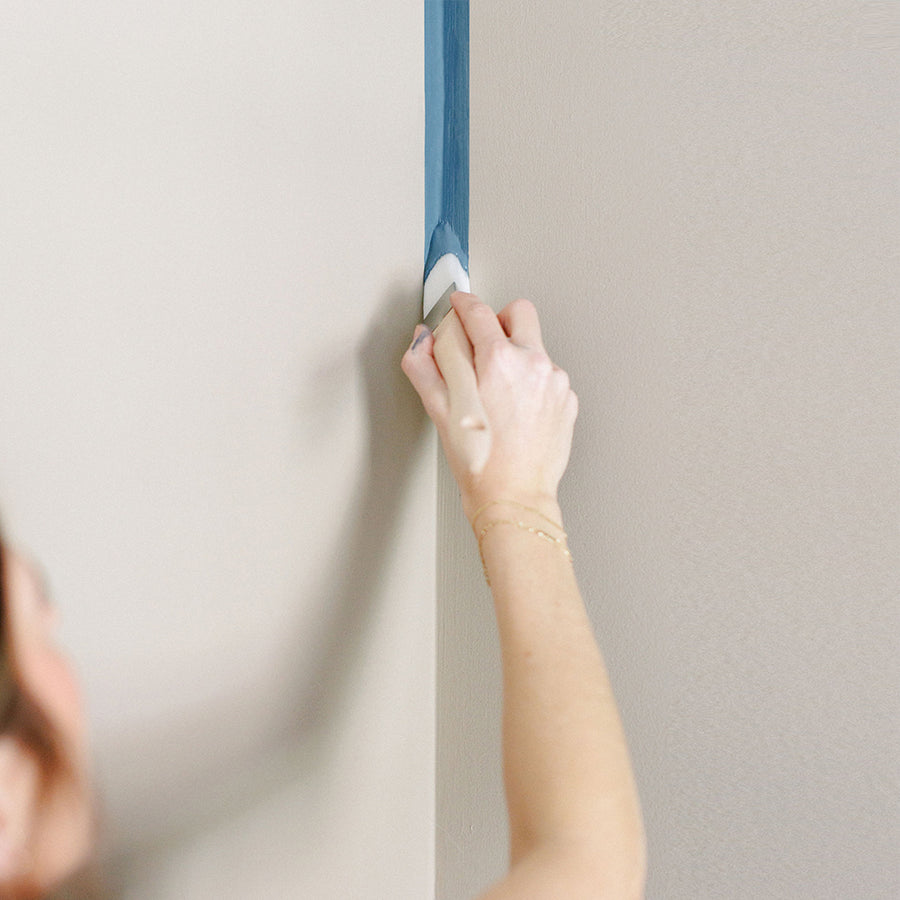
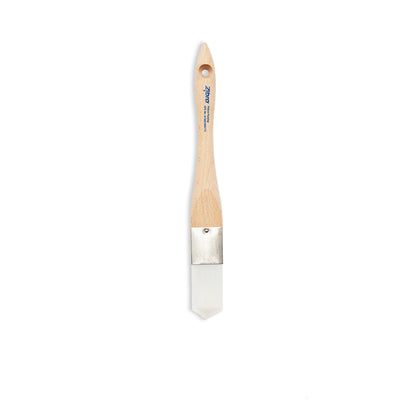
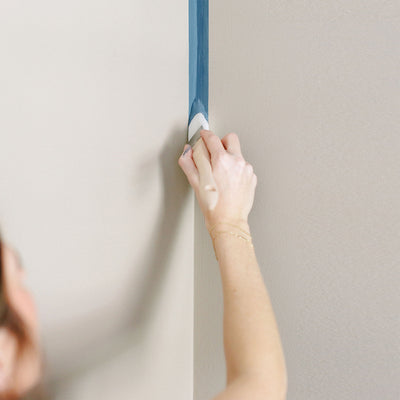
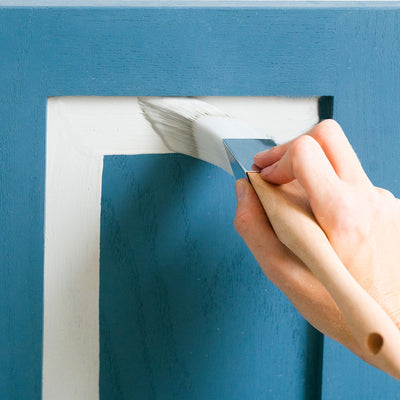
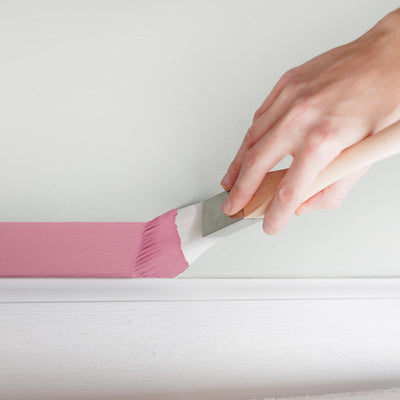
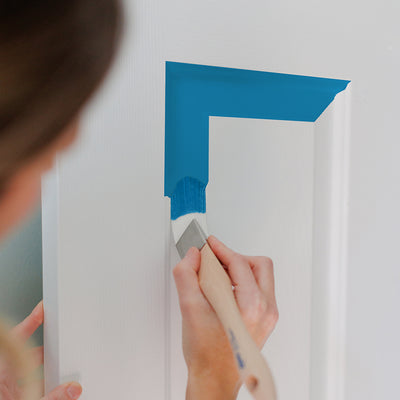
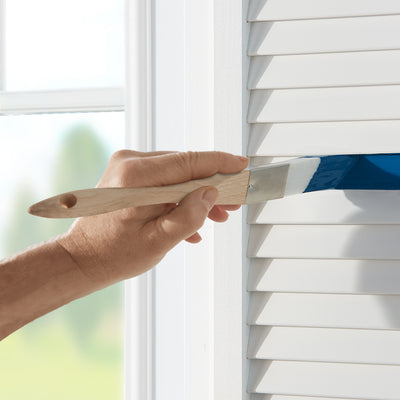
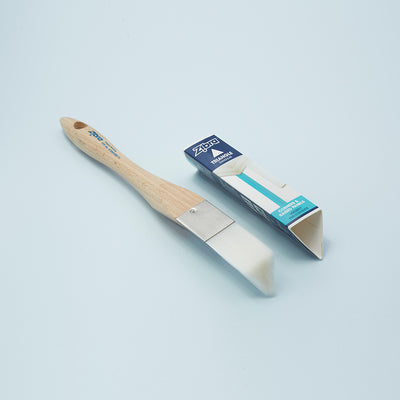
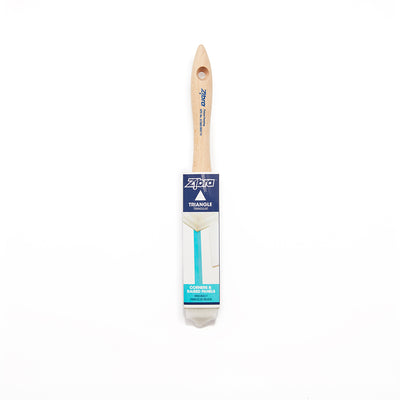
Earn 11 points on this purchase! Learn more
Paints corners with precision & accuracy, great for cutting in next to trim

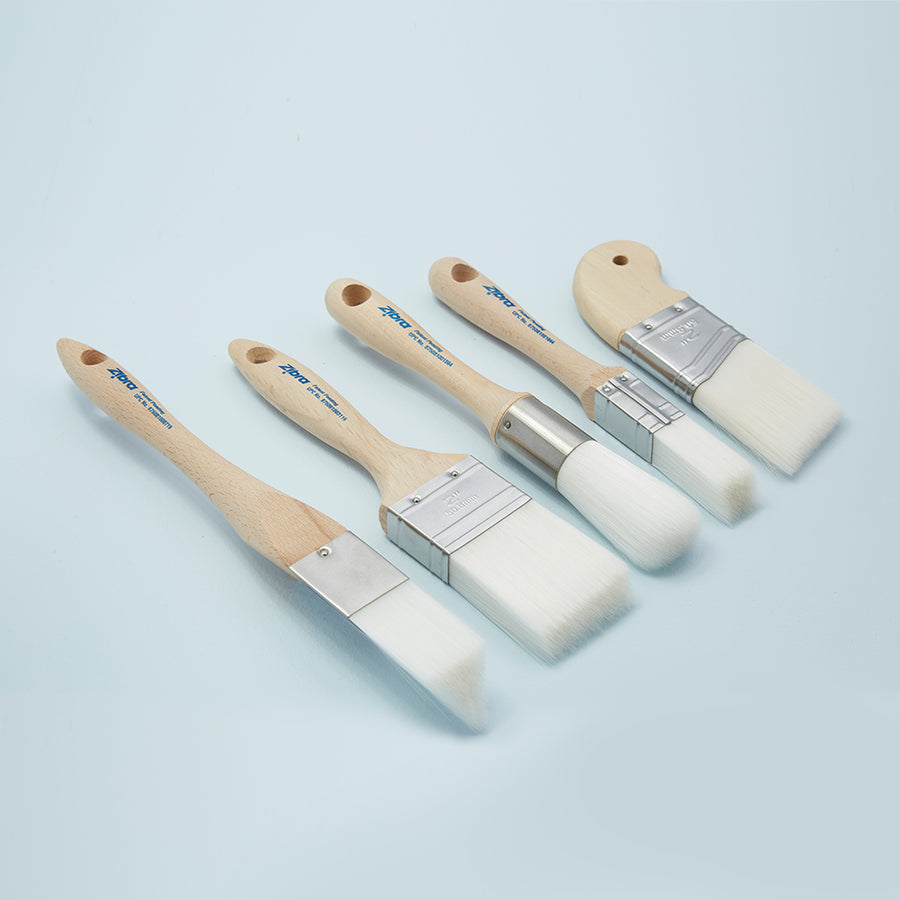

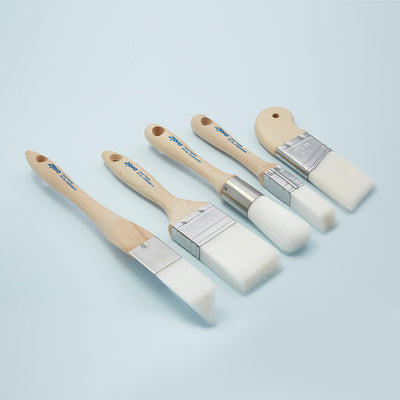
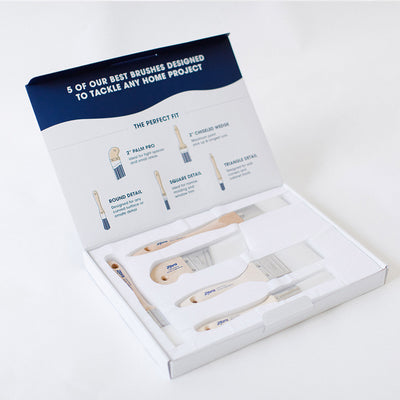
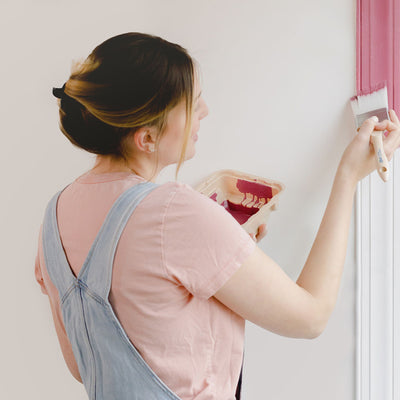
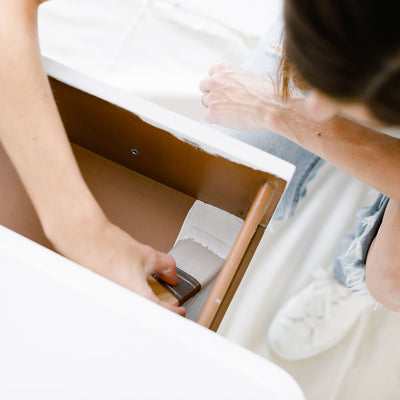
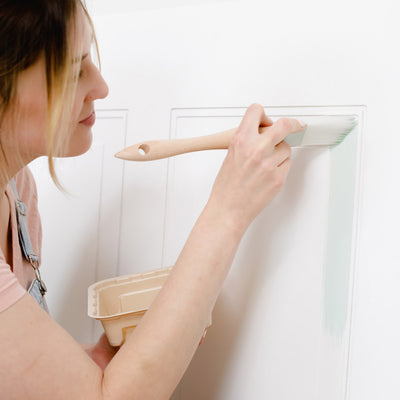
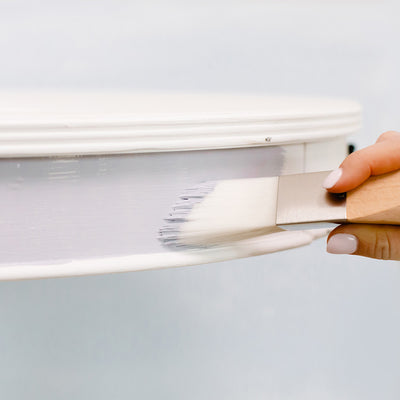

Earn 53 points on this purchase! Learn more
Great for any project in your home: trim, furniture and detail work
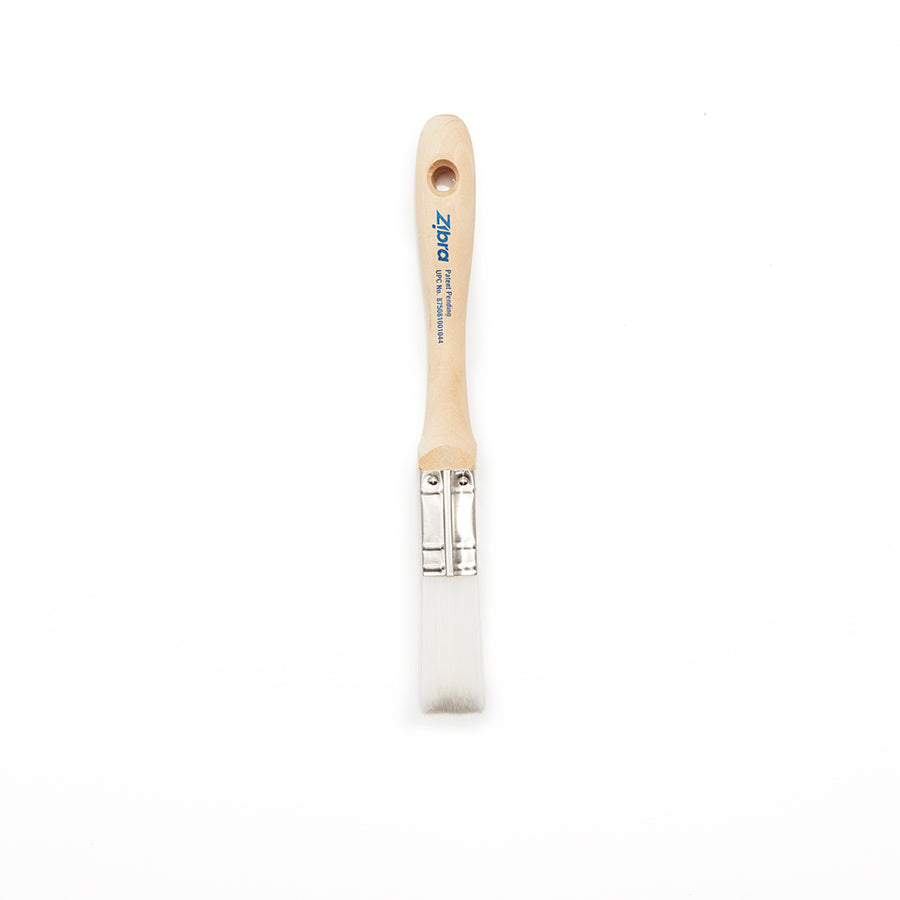
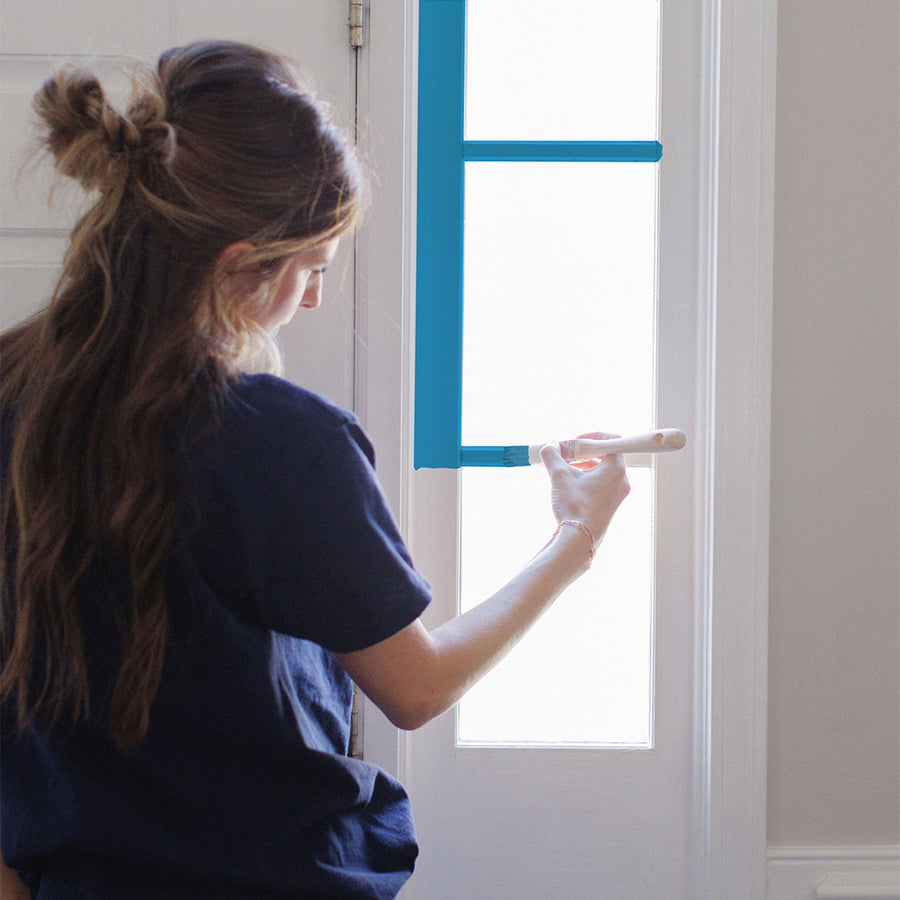
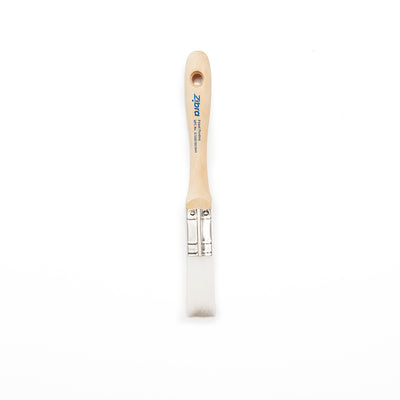
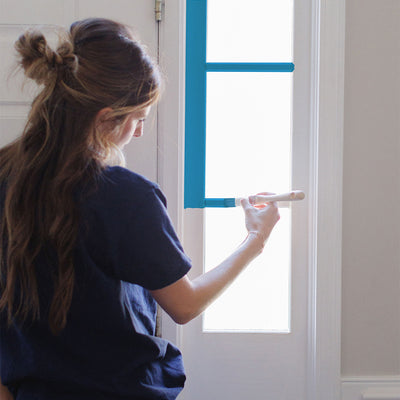
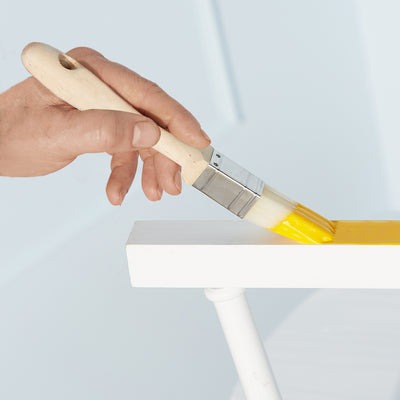

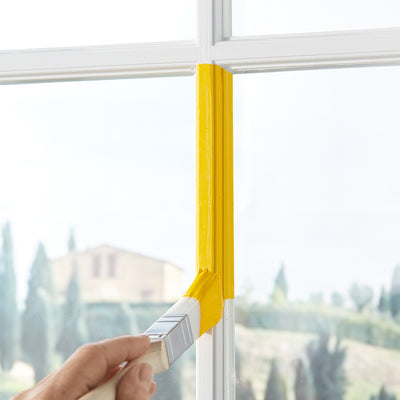
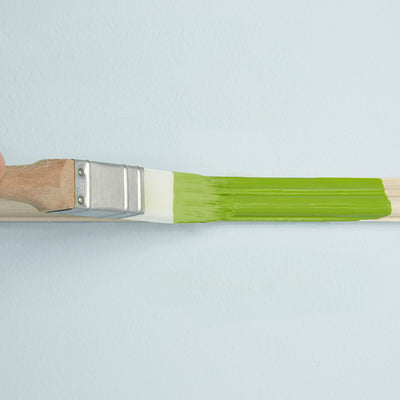
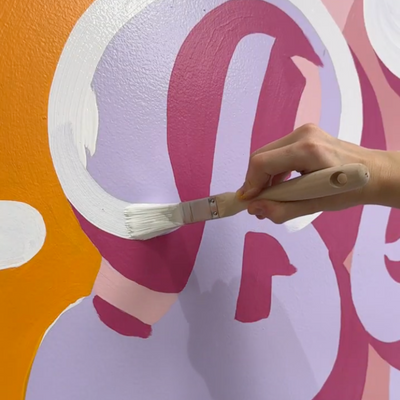
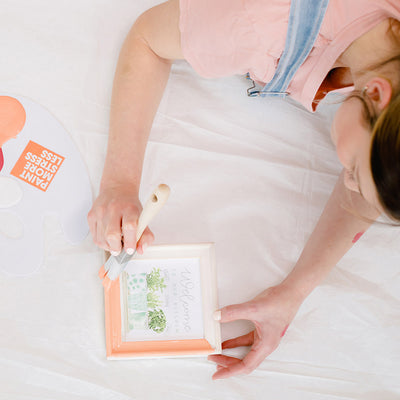
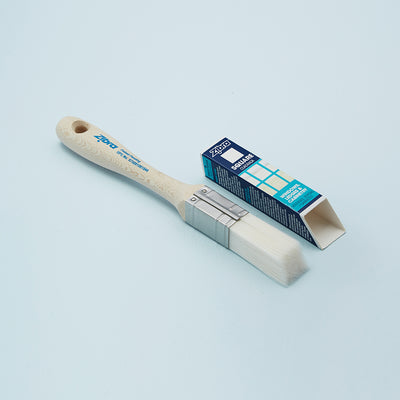
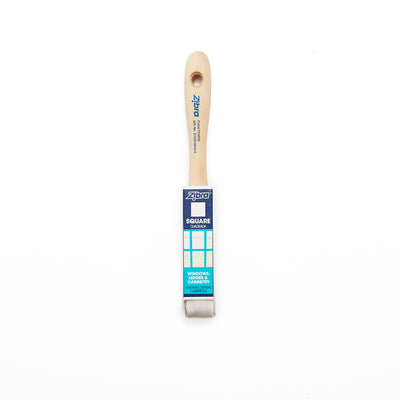
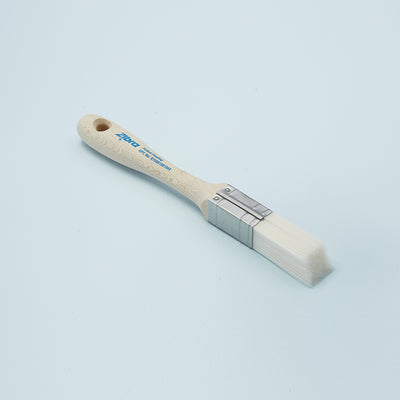
Earn 10 points on this purchase! Learn more
Narrow width with large filament pack out providing smooth finish and fewer dips
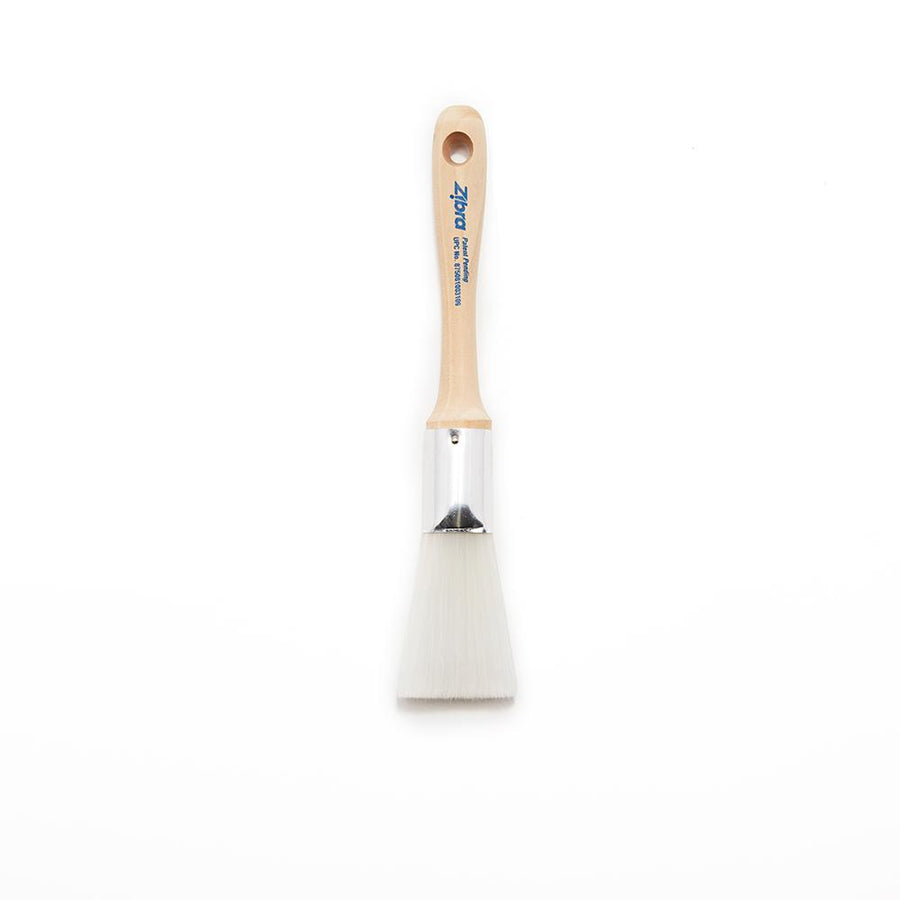
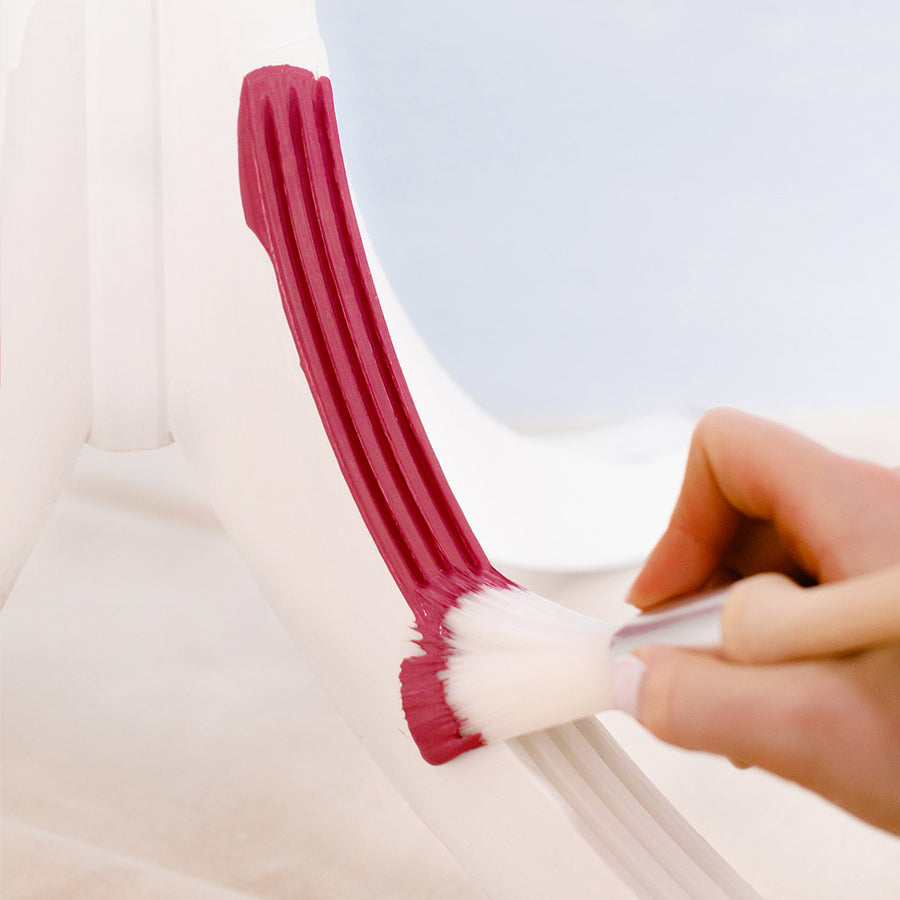
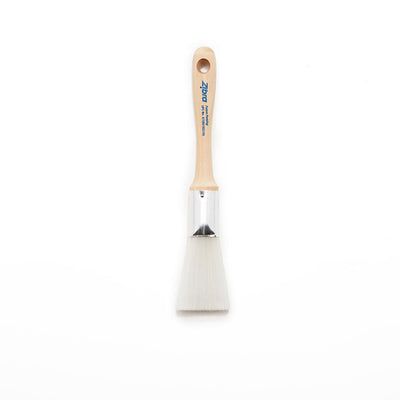
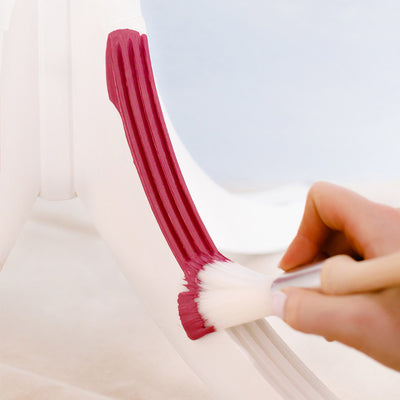
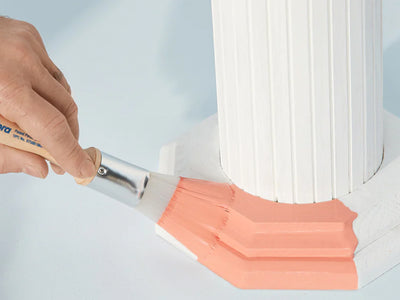
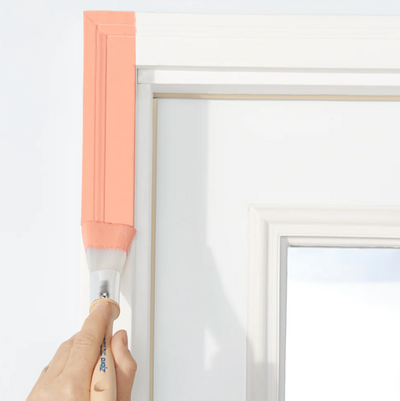
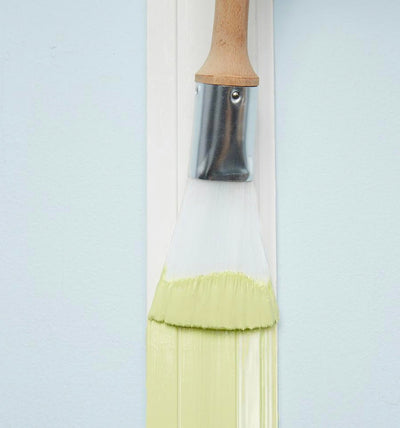
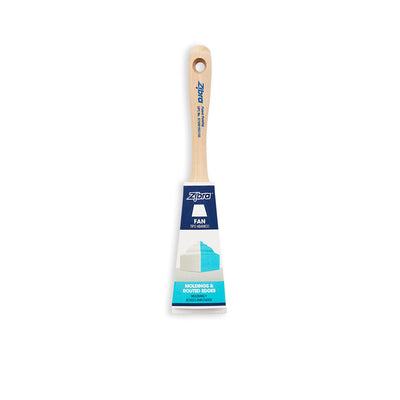
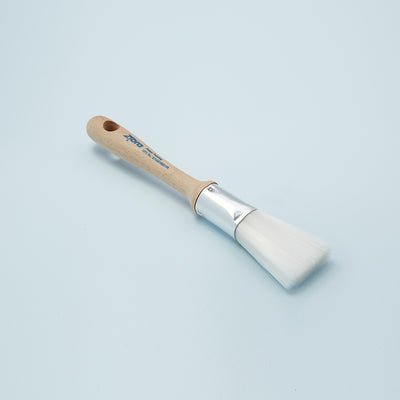
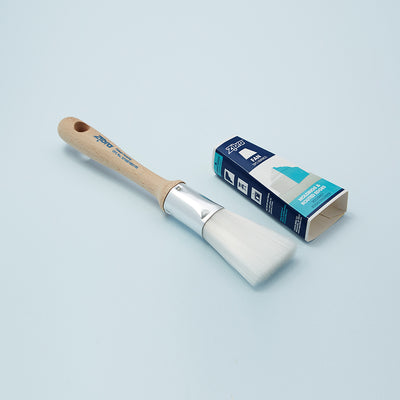
Earn 10 points on this purchase! Learn more
Designed to hug unique shapes & crevices in a multitude of different molding styles
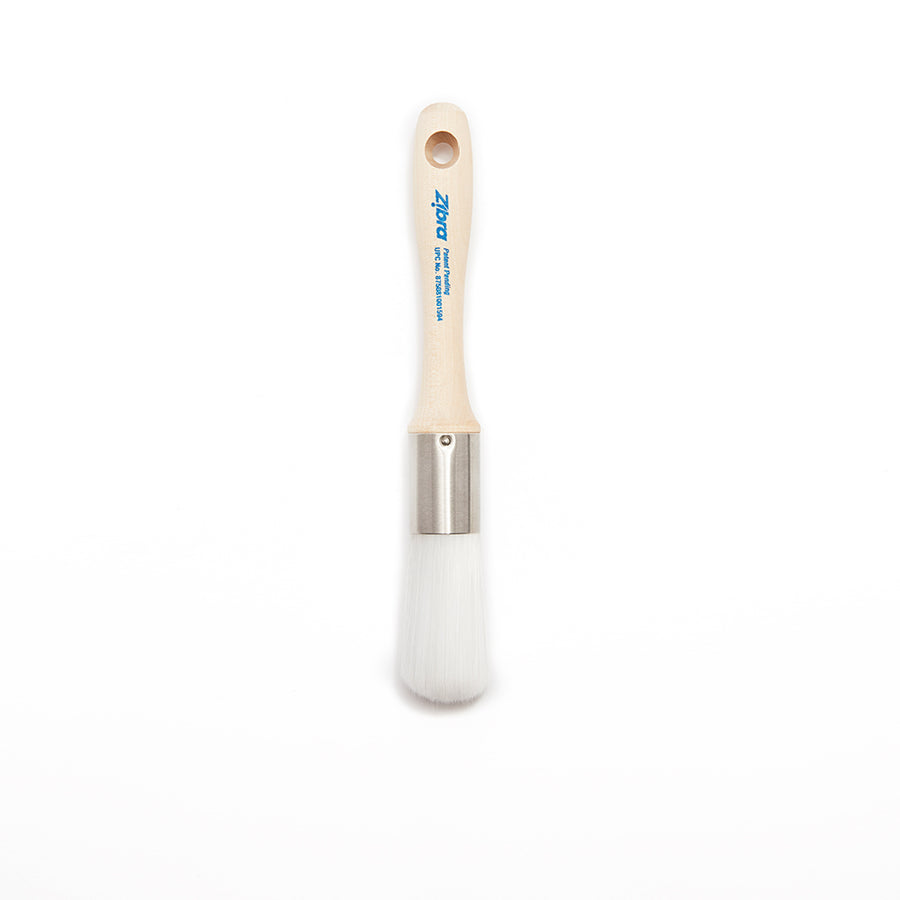
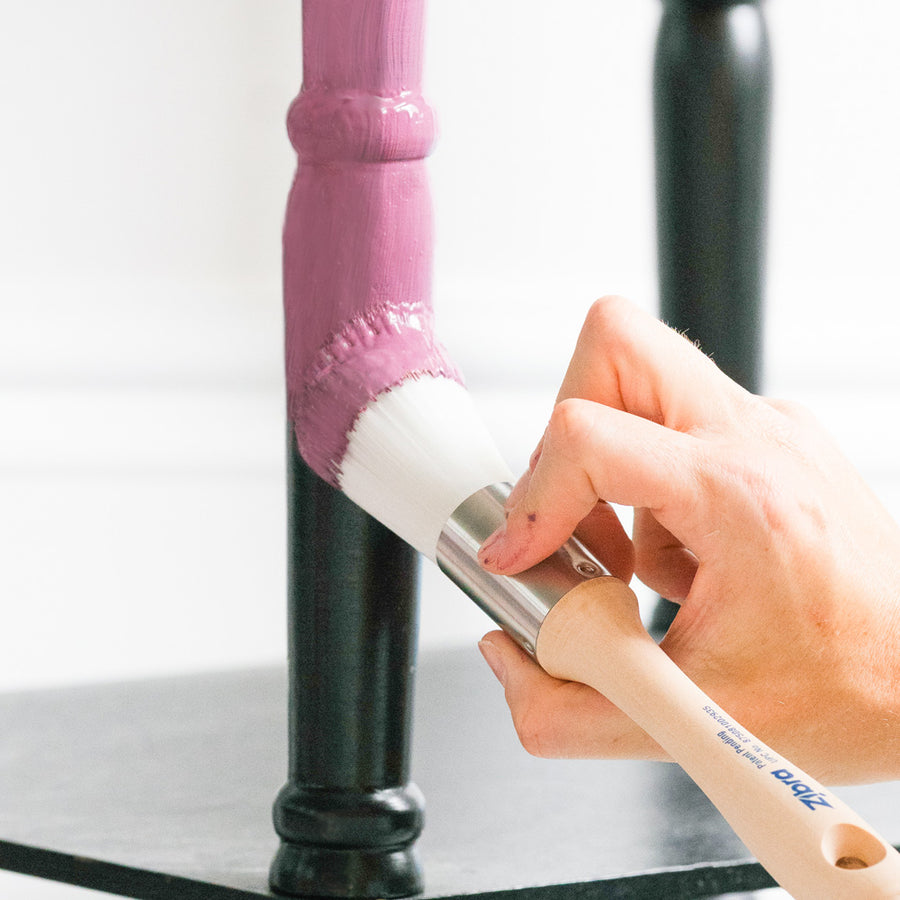
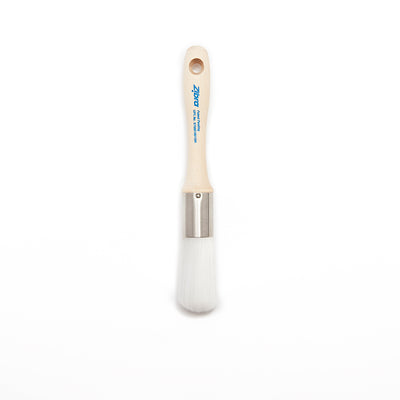
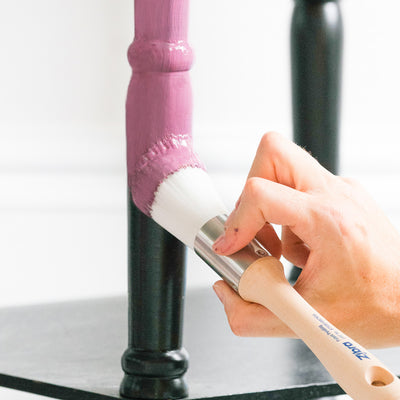
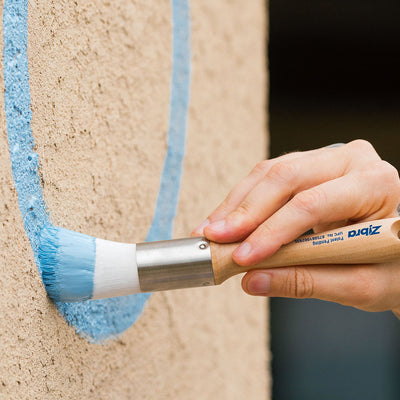
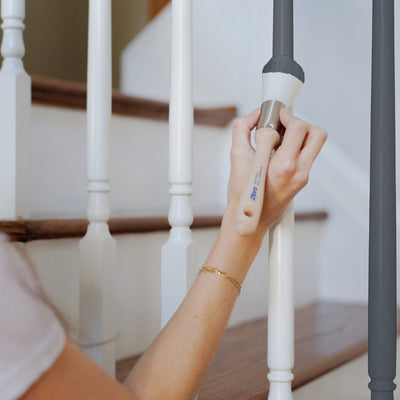
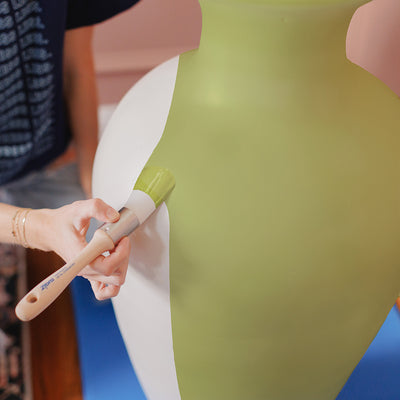
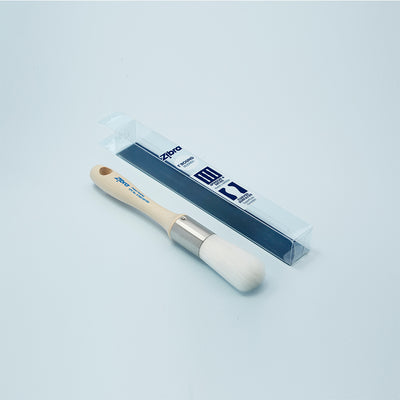
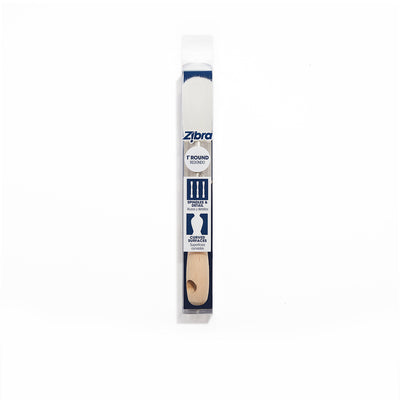
Earn 11 points on this purchase! Learn more
Large pack out for anything round or cylindrical and any ornate details










Earn 10 points on this purchase! Learn more
Designed to hug unique shapes & crevices in a multitude of different molding styles









Earn 11 points on this purchase! Learn more
Large pack out for anything round or cylindrical and any ornate details










Earn 10 points on this purchase! Learn more
Designed to hug unique shapes & crevices in a multitude of different molding styles












Earn 11 points on this purchase! Learn more
Fits comfortably in the palm of your hand, more comfort and more control especially for tight spaces










Earn 11 points on this purchase! Learn more
Ideal for painting NEXT to trim where exact lines and precision control is needed












Earn 13 points on this purchase! Learn more
Combination flat and angled head guarantees maximum paint load for long runs
















Earn 11 points on this purchase! Learn more
Painting ON trim around doors, windows, baseboards & ceilings
















Earn 11 points on this purchase! Learn more
Painting ON trim around doors, windows, baseboards & ceilings












Earn 11 points on this purchase! Learn more
Fits comfortably in the palm of your hand, more comfort and more control especially for tight spaces












Earn 13 points on this purchase! Learn more
Combination flat and angled head guarantees maximum paint load for long runs












Earn 11 points on this purchase! Learn more
Fits comfortably in the palm of your hand, more comfort and more control especially for tight spaces









Earn 11 points on this purchase! Learn more
Large pack out for anything round or cylindrical and any ornate details
















Earn 11 points on this purchase! Learn more
Painting ON trim around doors, windows, baseboards & ceilings










Earn 11 points on this purchase! Learn more
Paints corners with precision & accuracy, great for cutting in next to trim










Earn 10 points on this purchase! Learn more
Designed to hug unique shapes & crevices in a multitude of different molding styles












Earn 13 points on this purchase! Learn more
Combination flat and angled head guarantees maximum paint load for long runs
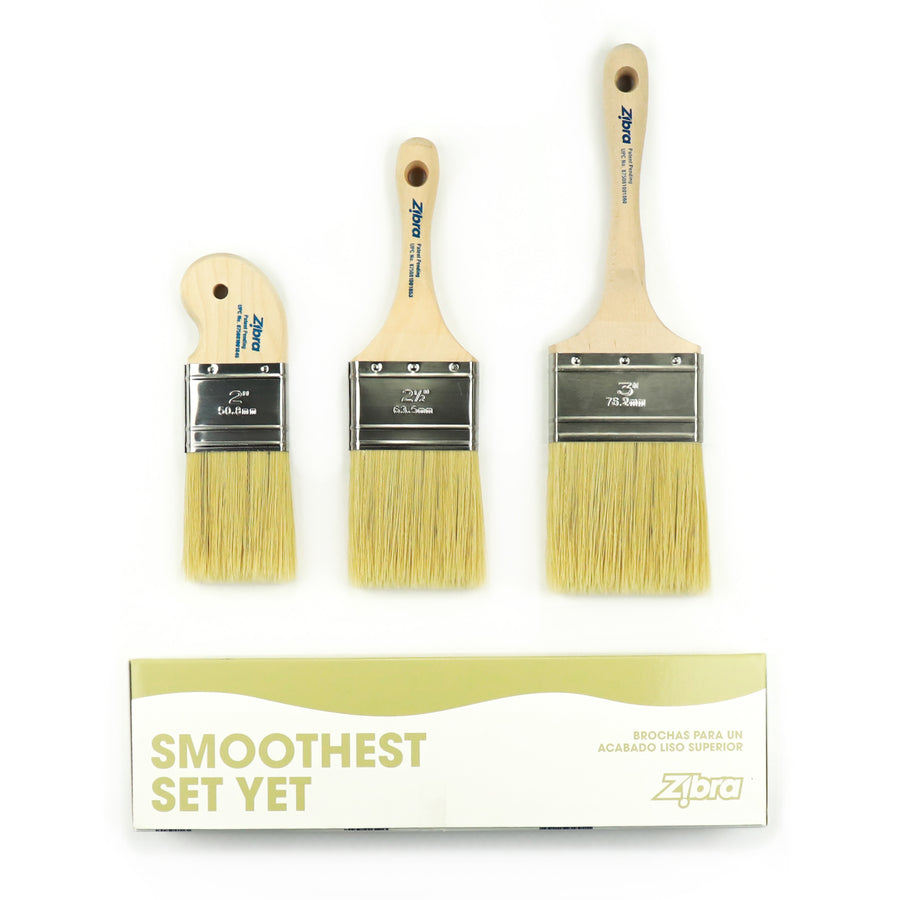
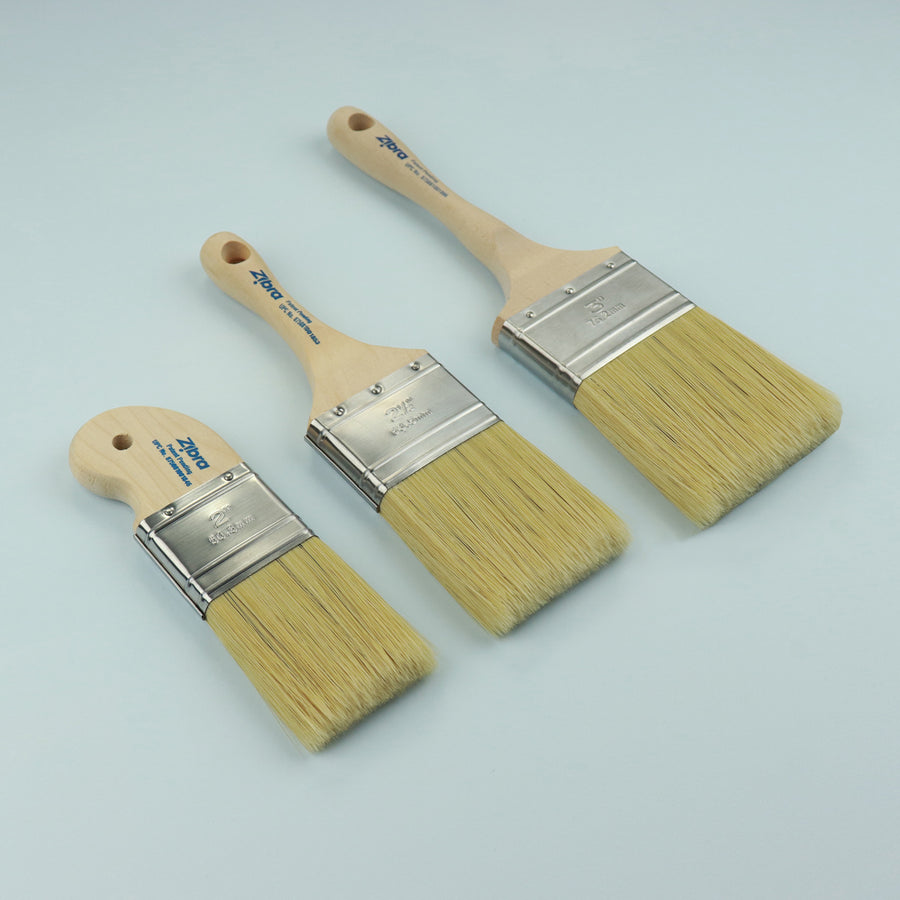
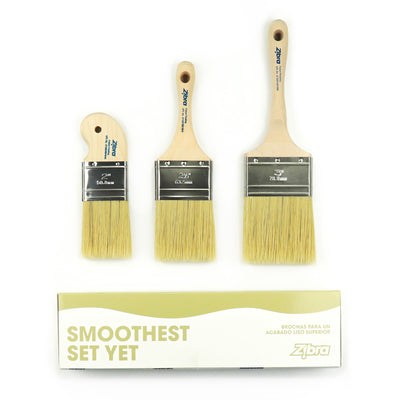
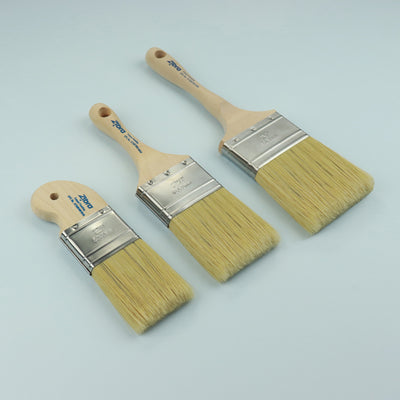
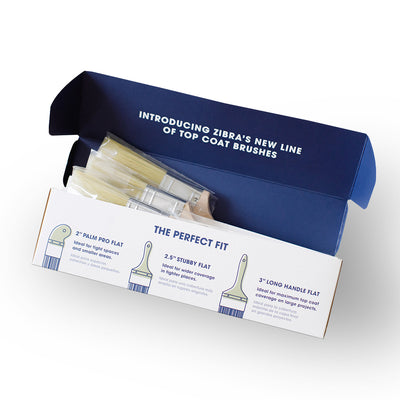
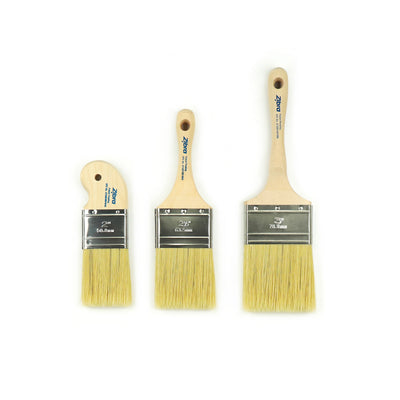
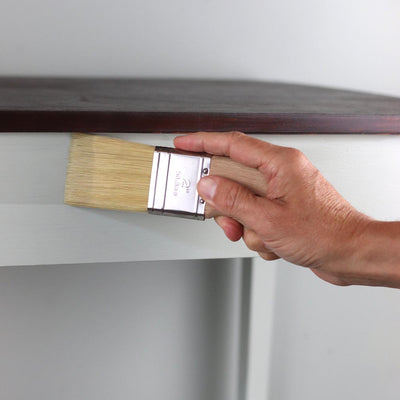
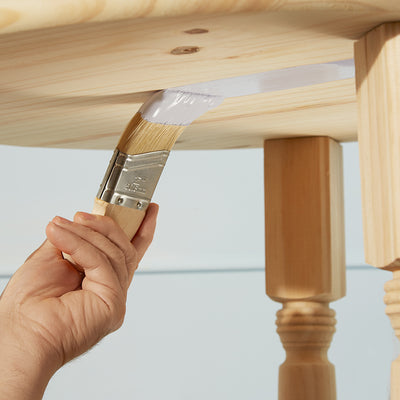
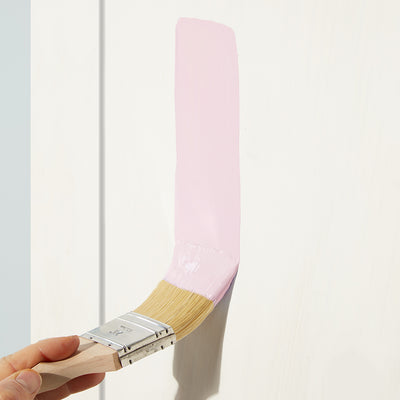
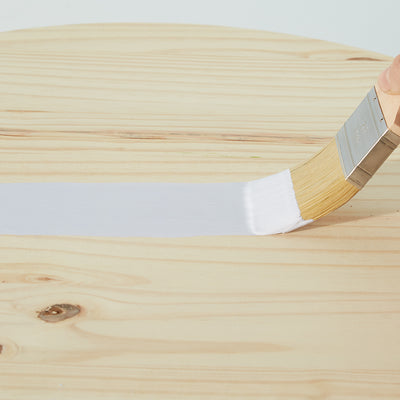
Earn 43 points on this purchase! Learn more
Each brush is engineered and crafted with filaments replicating natural bristles
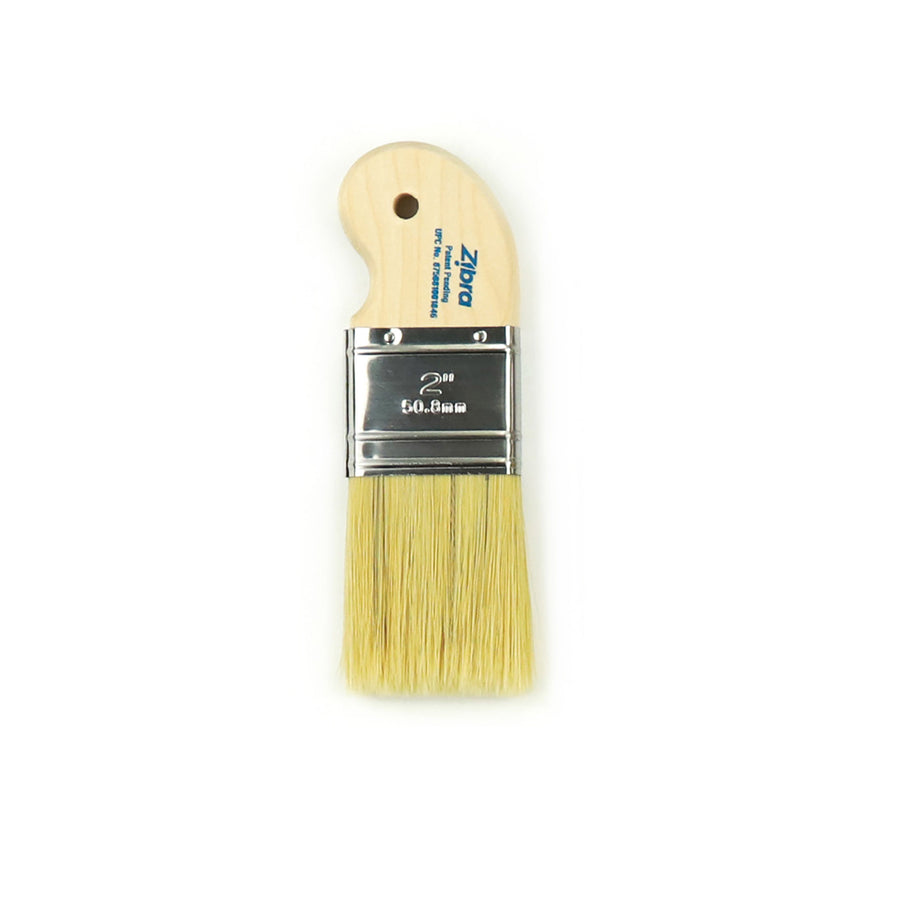
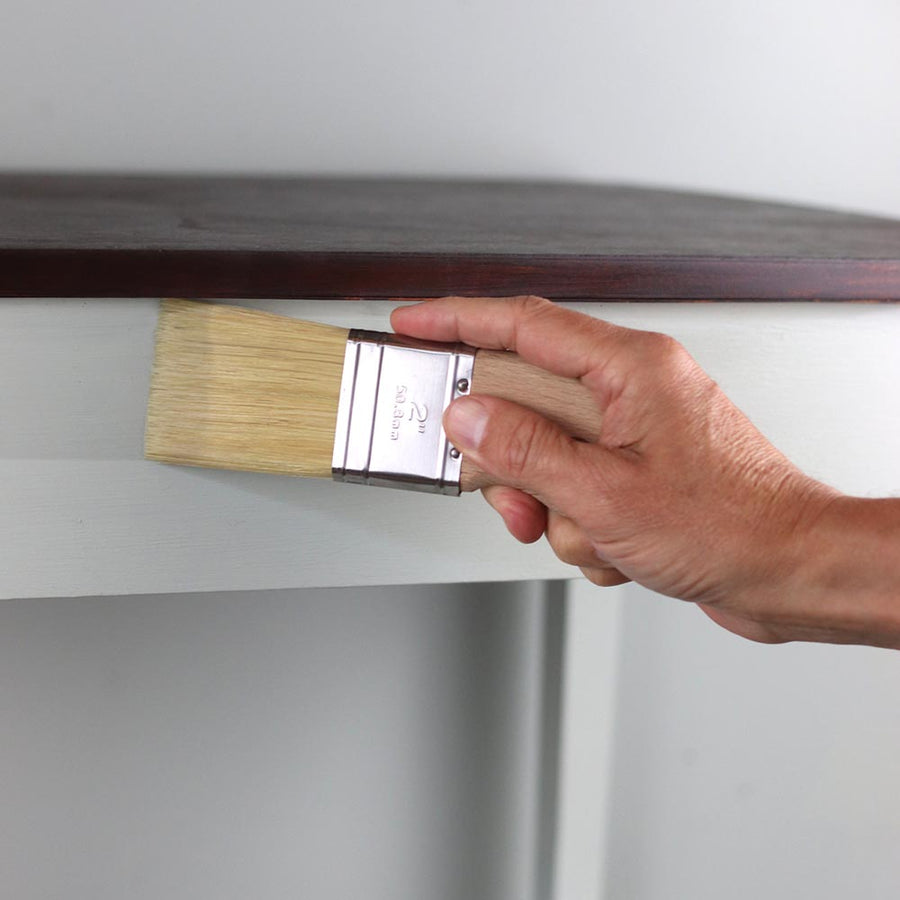
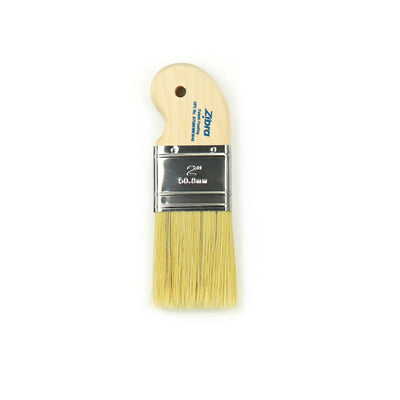
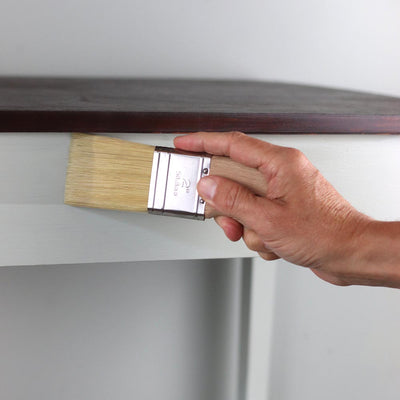
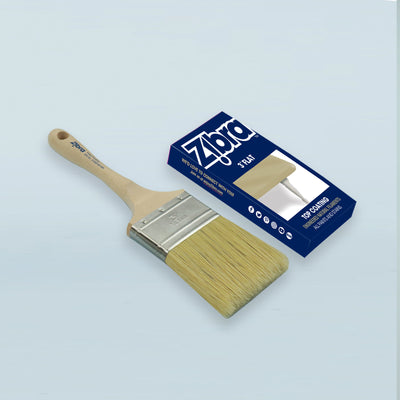
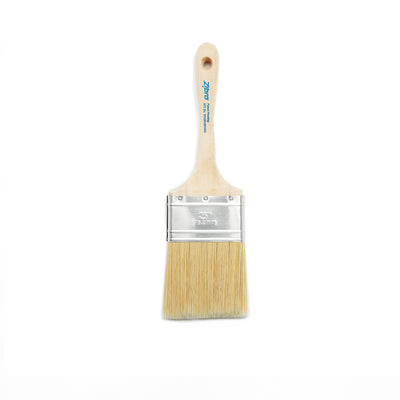
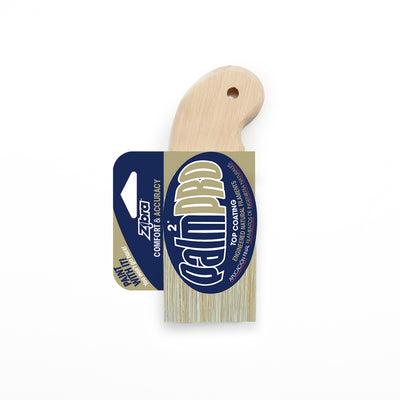
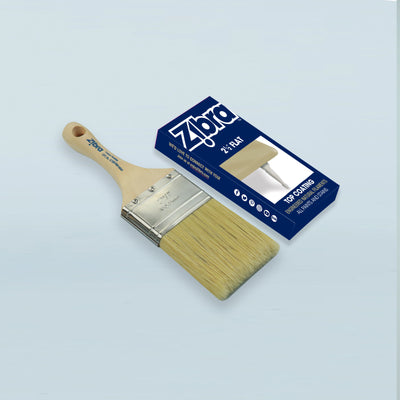
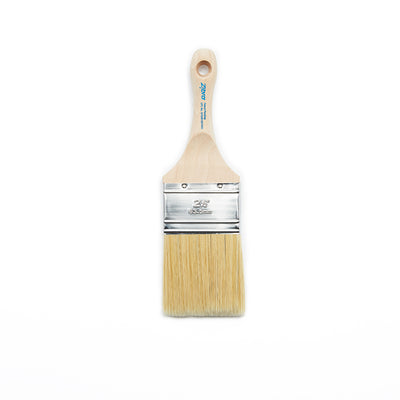
Earn 13 points on this purchase! Learn more
Our Top Coat brushes are engineered and crafted with filaments replicating natural bristles









Earn 11 points on this purchase! Learn more
Large pack out for anything round or cylindrical and any ornate details










Earn 10 points on this purchase! Learn more
Designed to hug unique shapes & crevices in a multitude of different molding styles









Earn 11 points on this purchase! Learn more
Large pack out for anything round or cylindrical and any ornate details
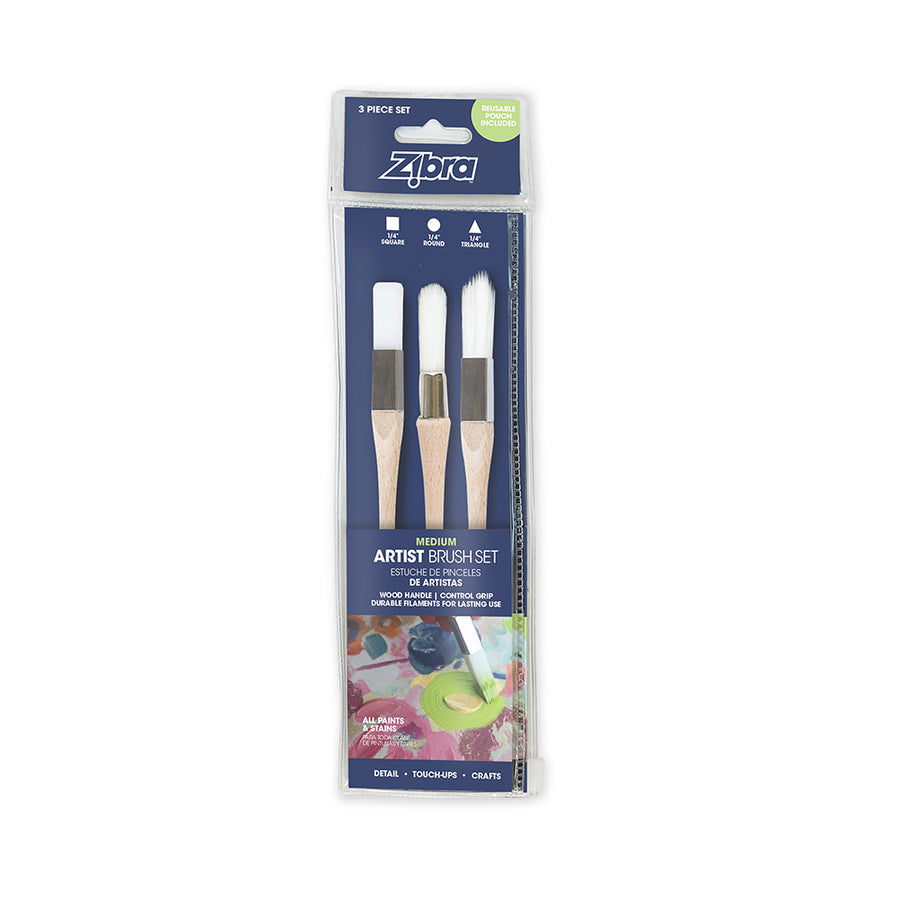
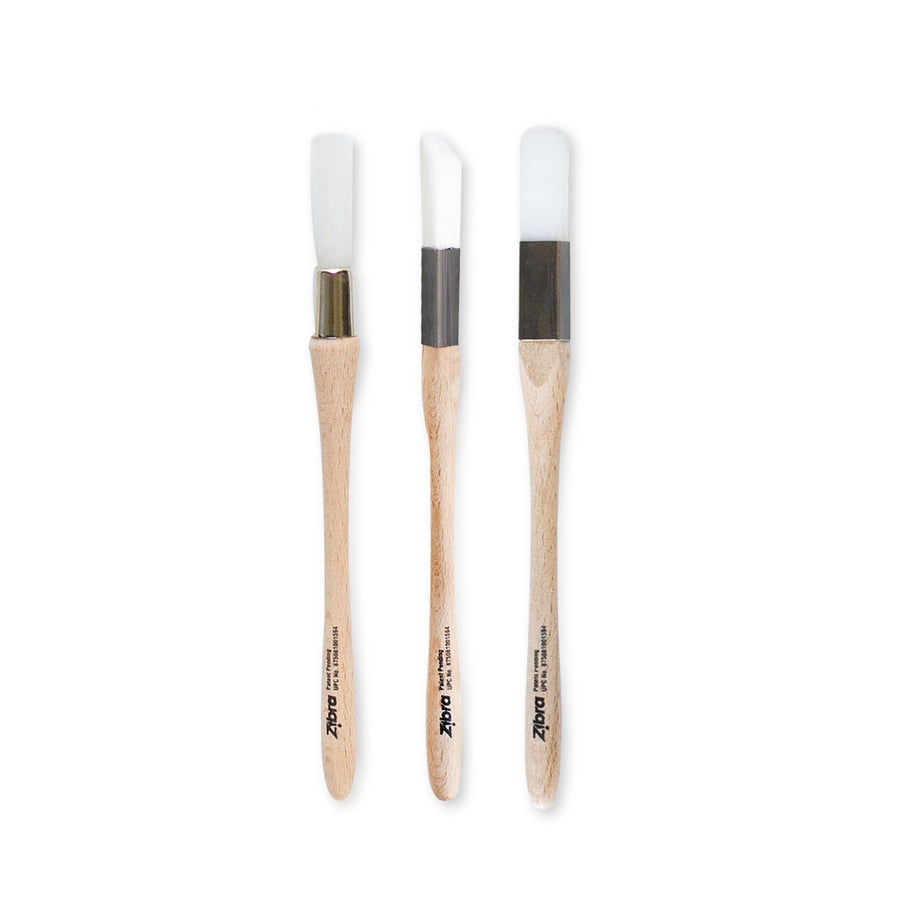
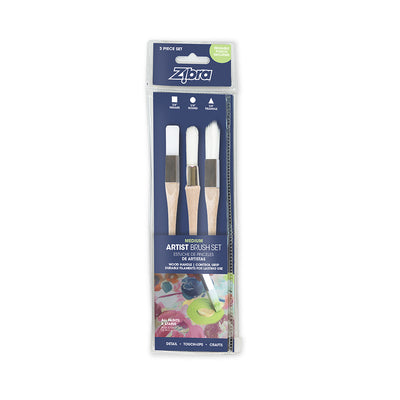
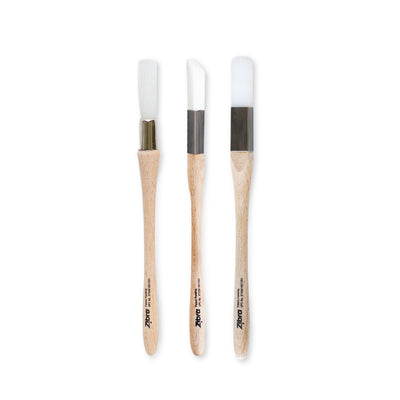

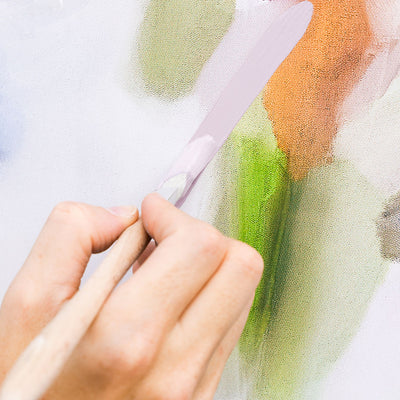
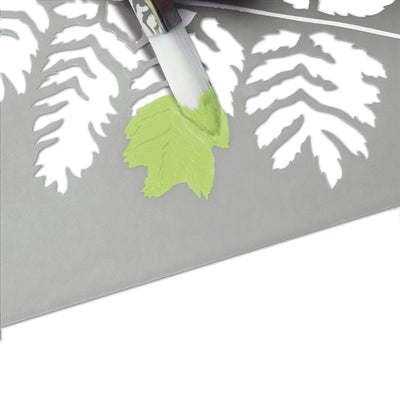
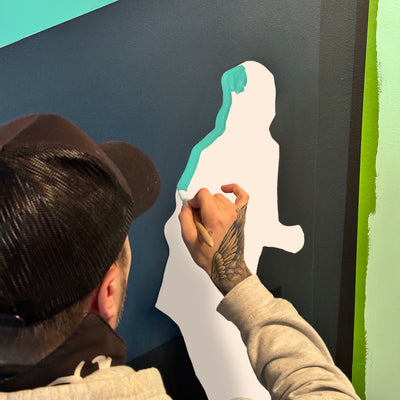
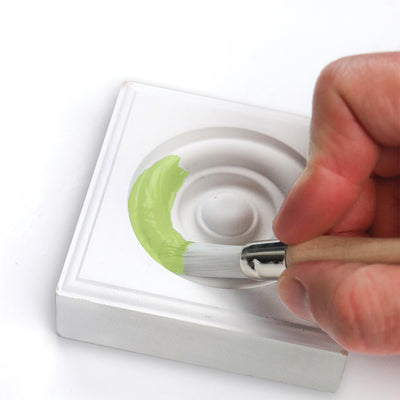
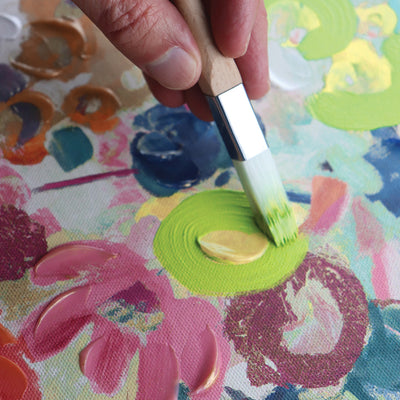
Earn 13 points on this purchase! Learn more
3 piece artist paintbrush set ideal for murals, canvas painting and crafts










Earn 10 points on this purchase! Learn more
Designed to hug unique shapes & crevices in a multitude of different molding styles










Earn 13 points on this purchase! Learn more
3 piece artist paintbrush set ideal for murals, canvas painting and crafts












Earn 13 points on this purchase! Learn more
Combination flat and angled head guarantees maximum paint load for long runs










Earn 13 points on this purchase! Learn more
3 piece artist paintbrush set ideal for murals, canvas painting and crafts
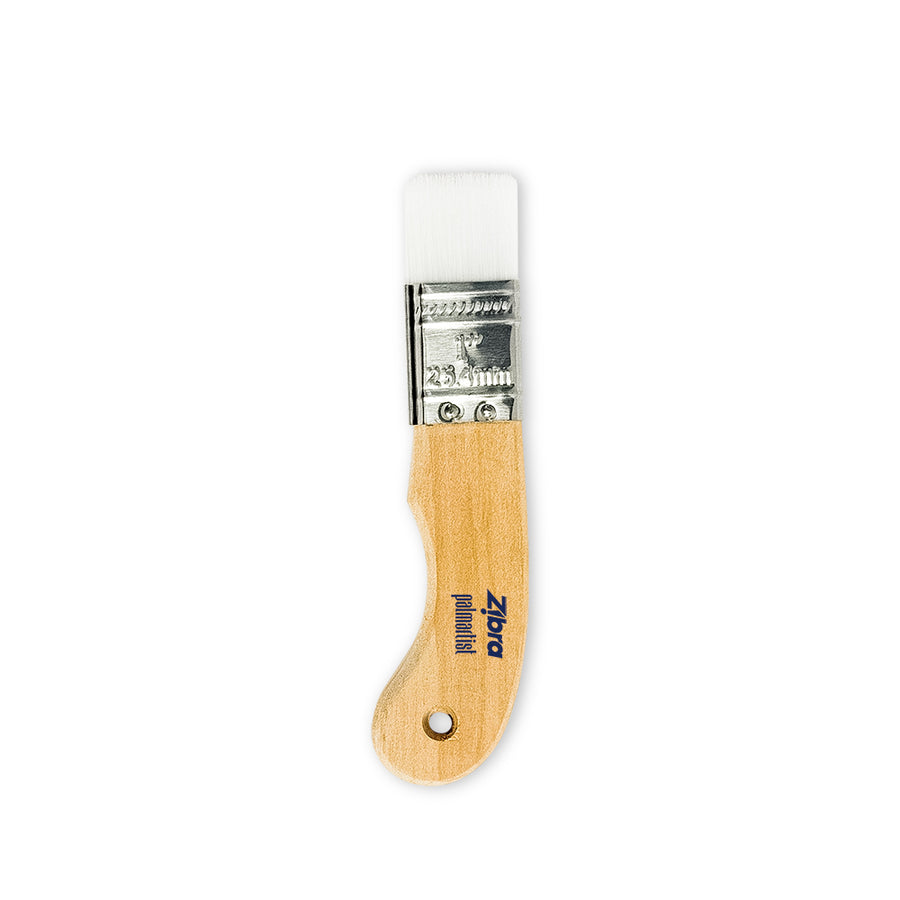
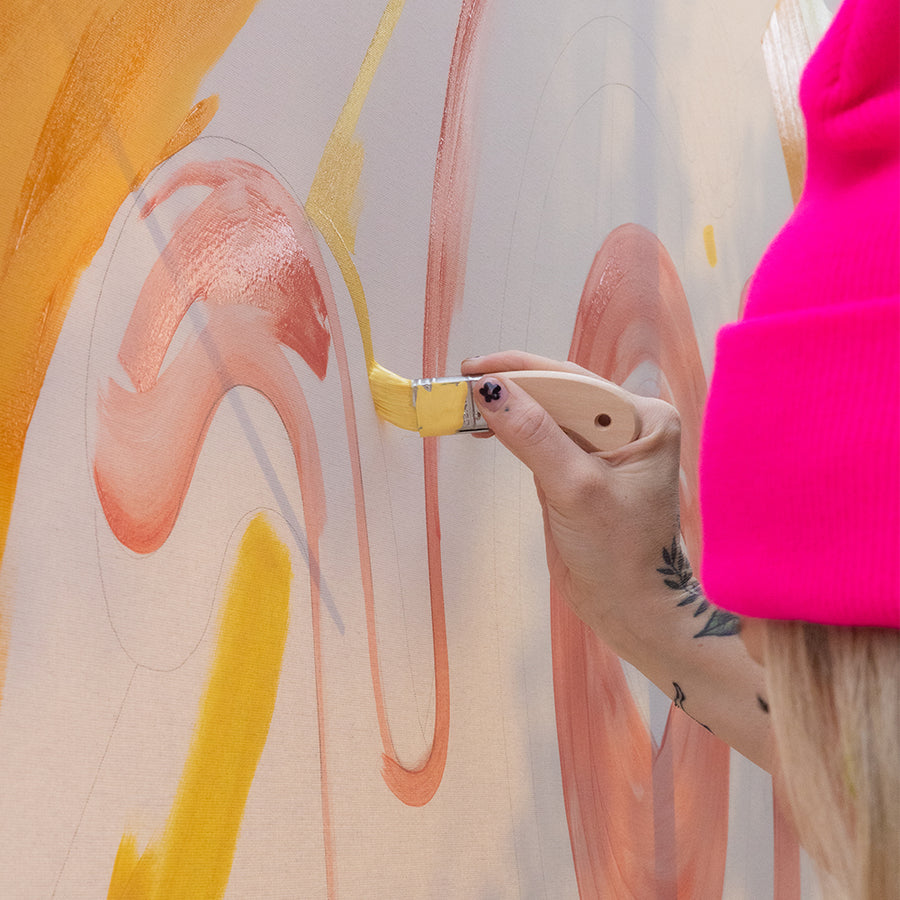
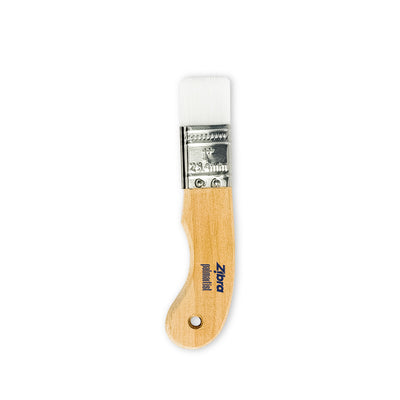
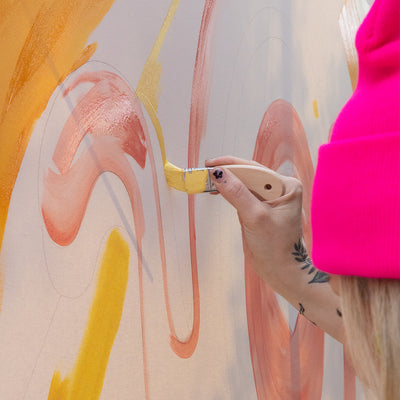
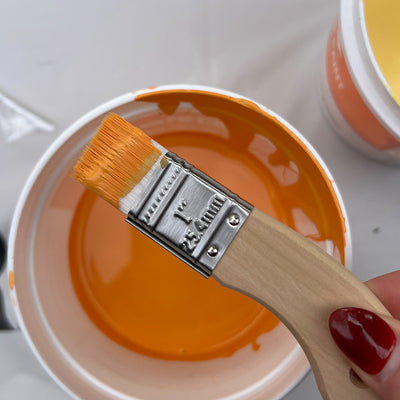
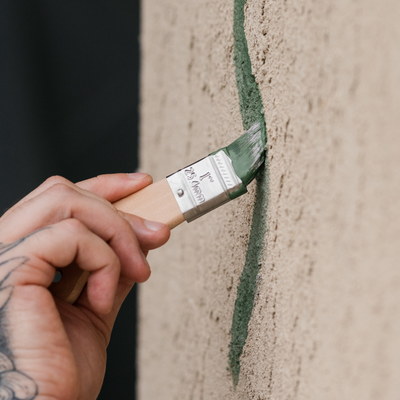
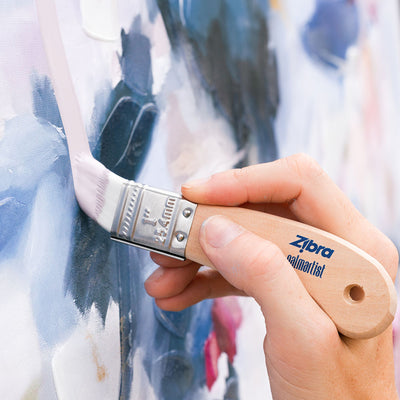
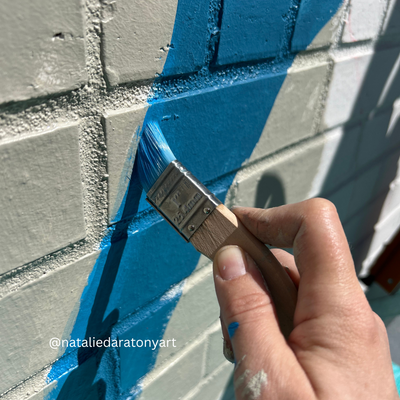
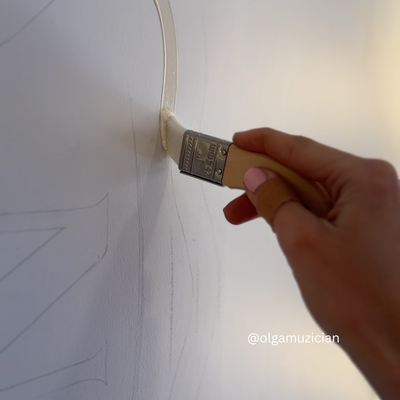
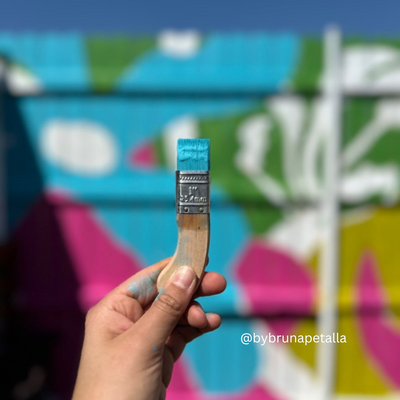
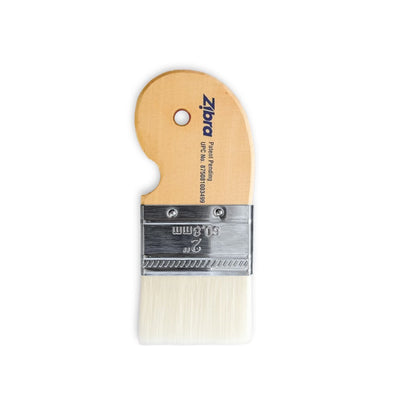



Earn 10 points on this purchase! Learn more
Introducing the latest addition to our Palm Pro family – the Palm Artist Paint brush










Earn 13 points on this purchase! Learn more
3 piece artist paintbrush set ideal for murals, canvas painting and crafts
Get exclusive offers and tips